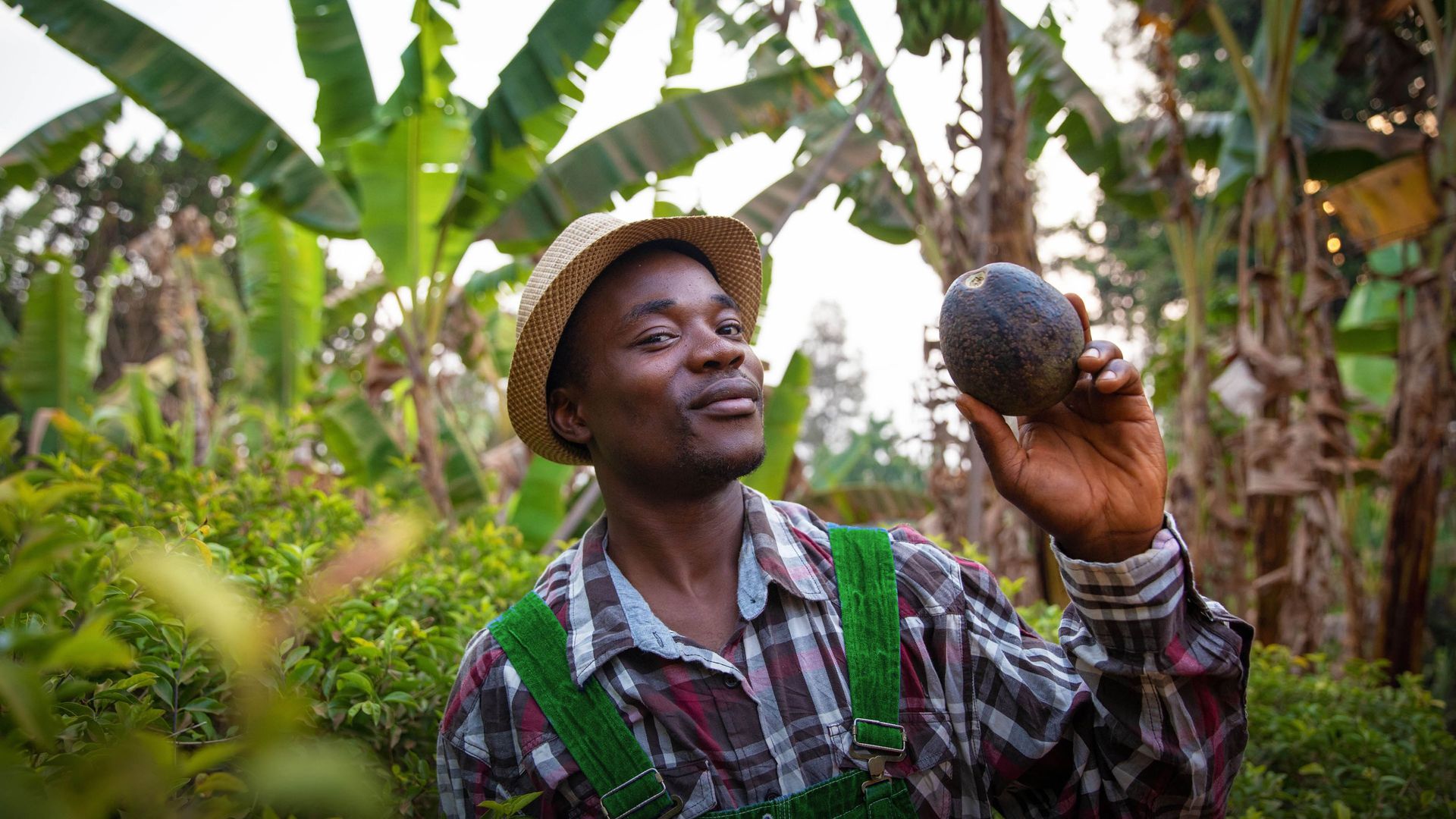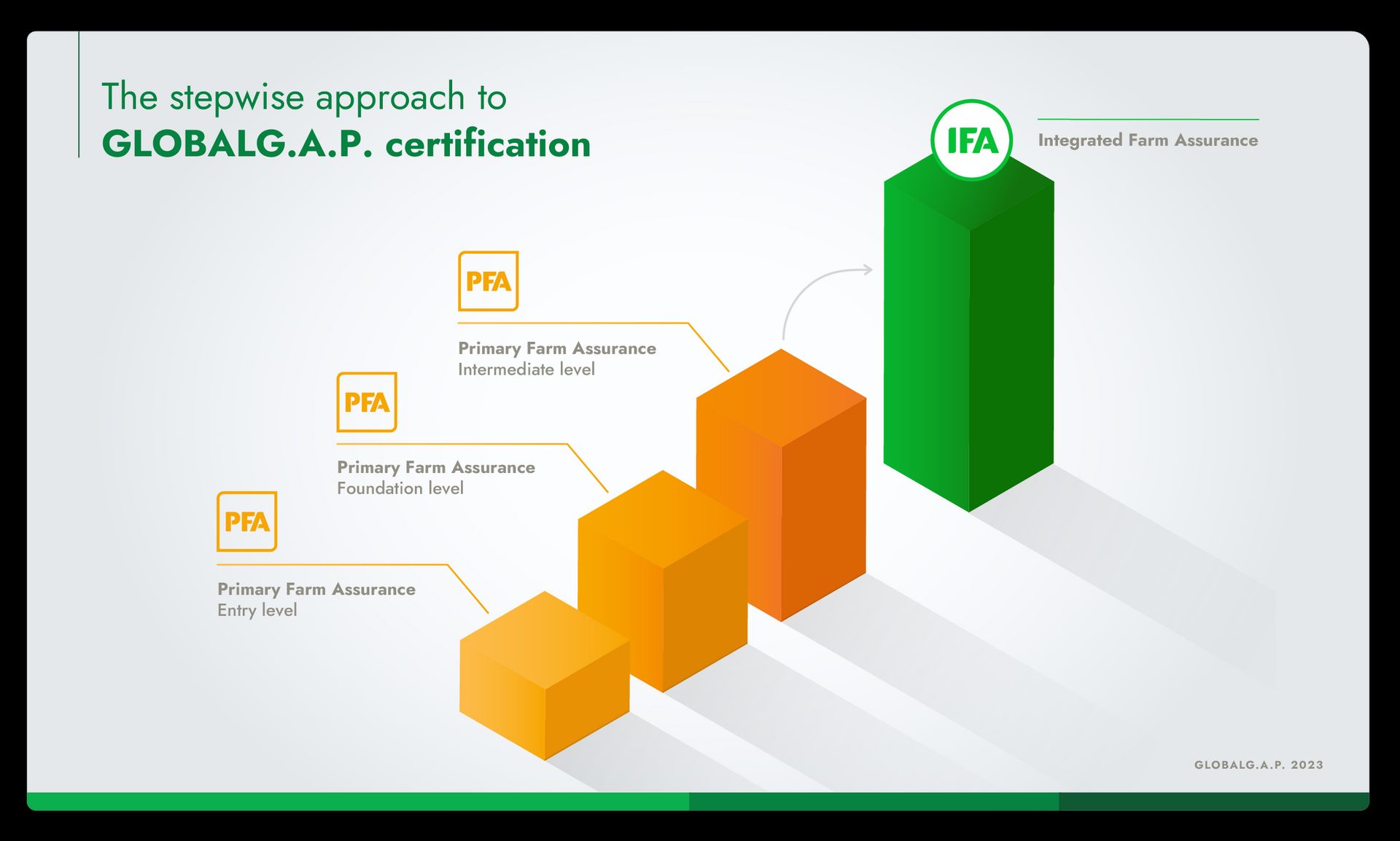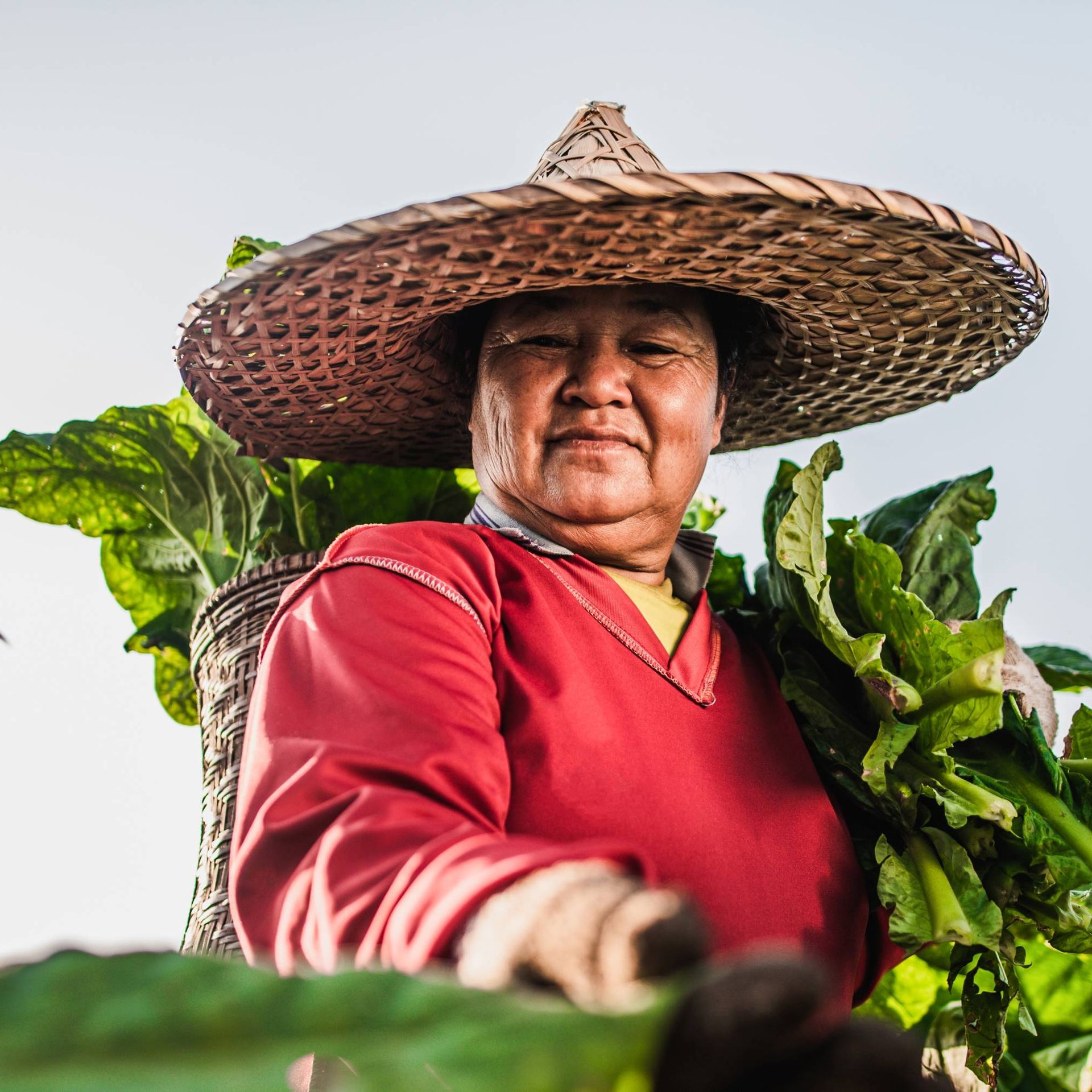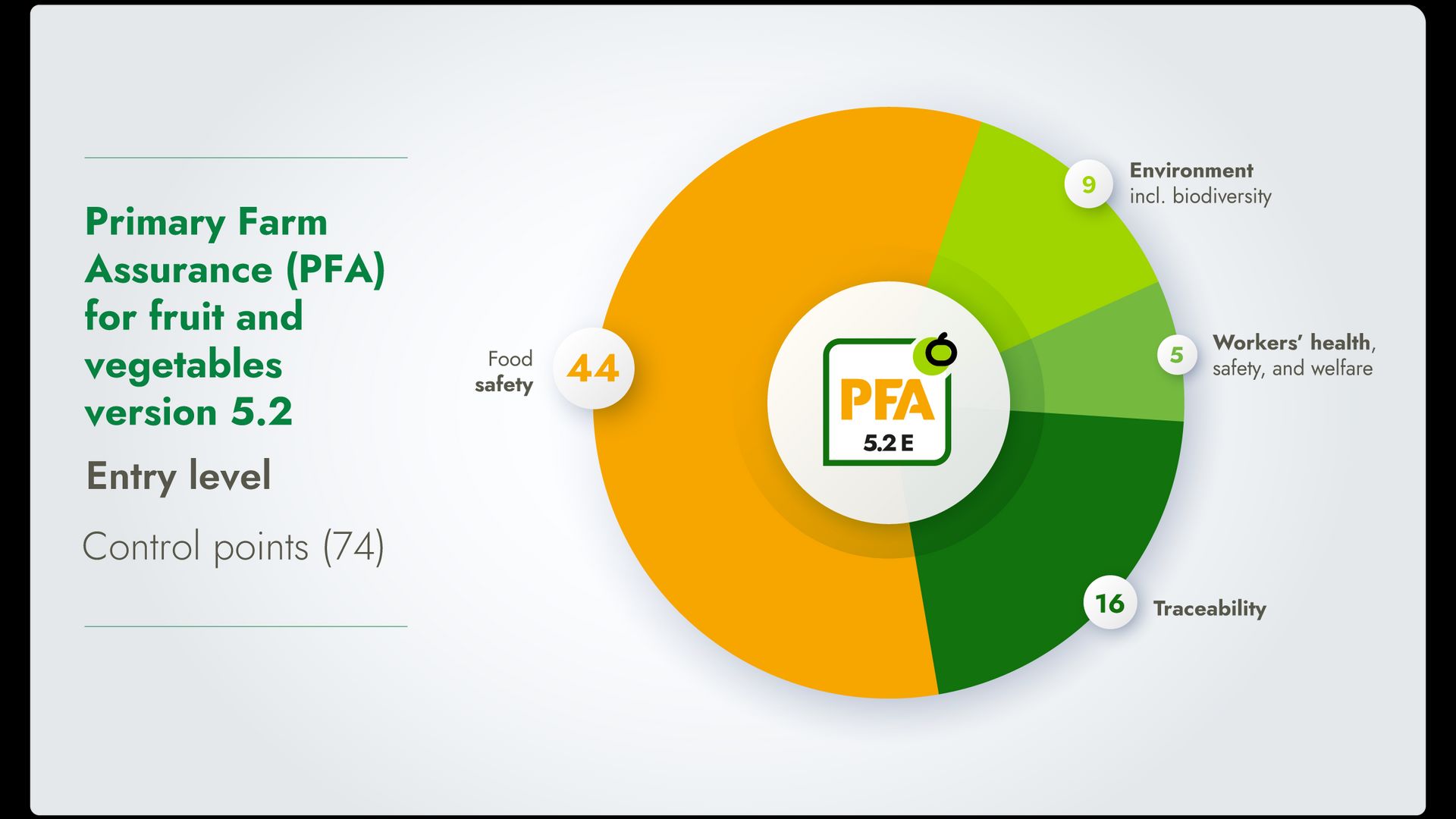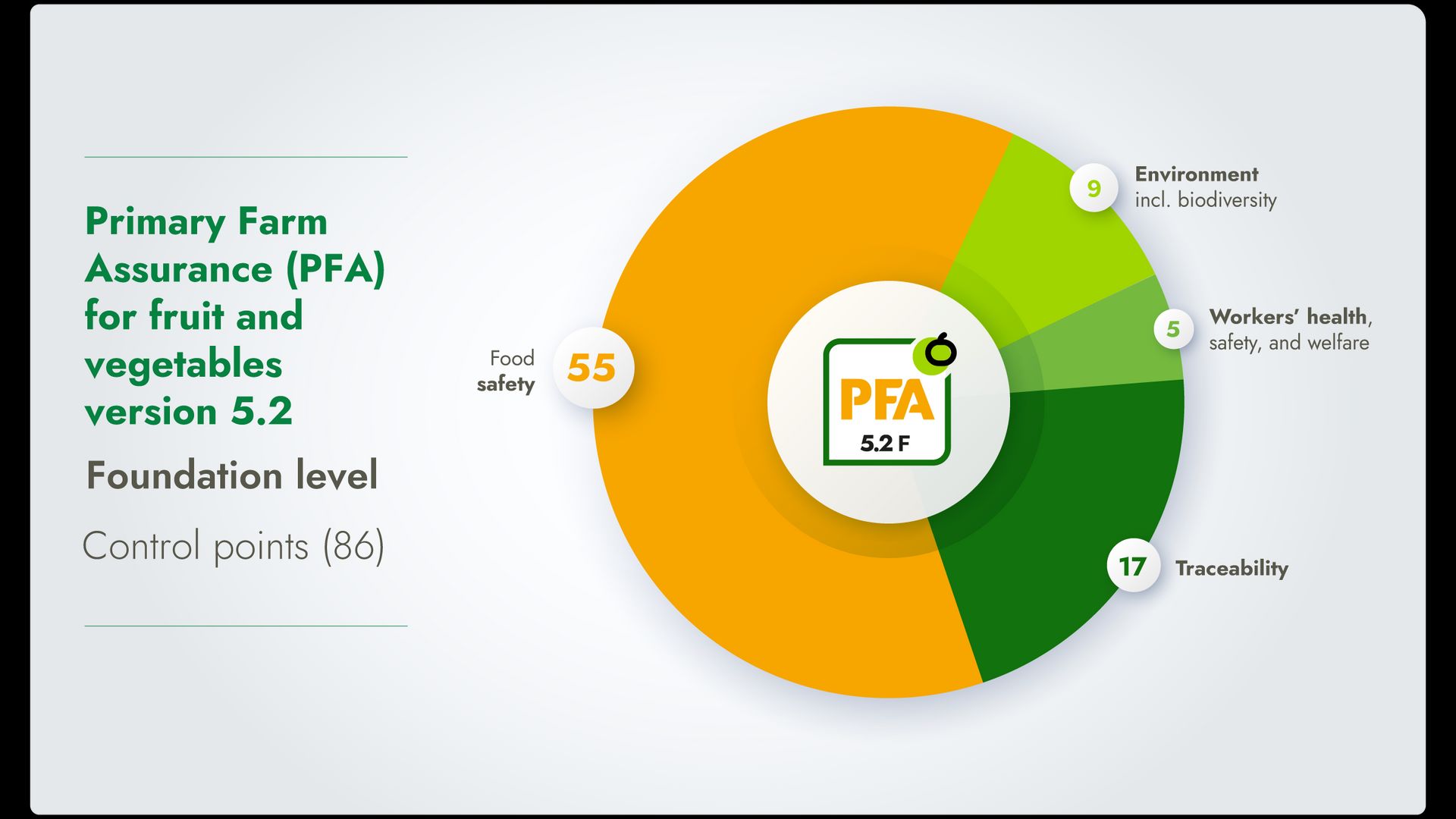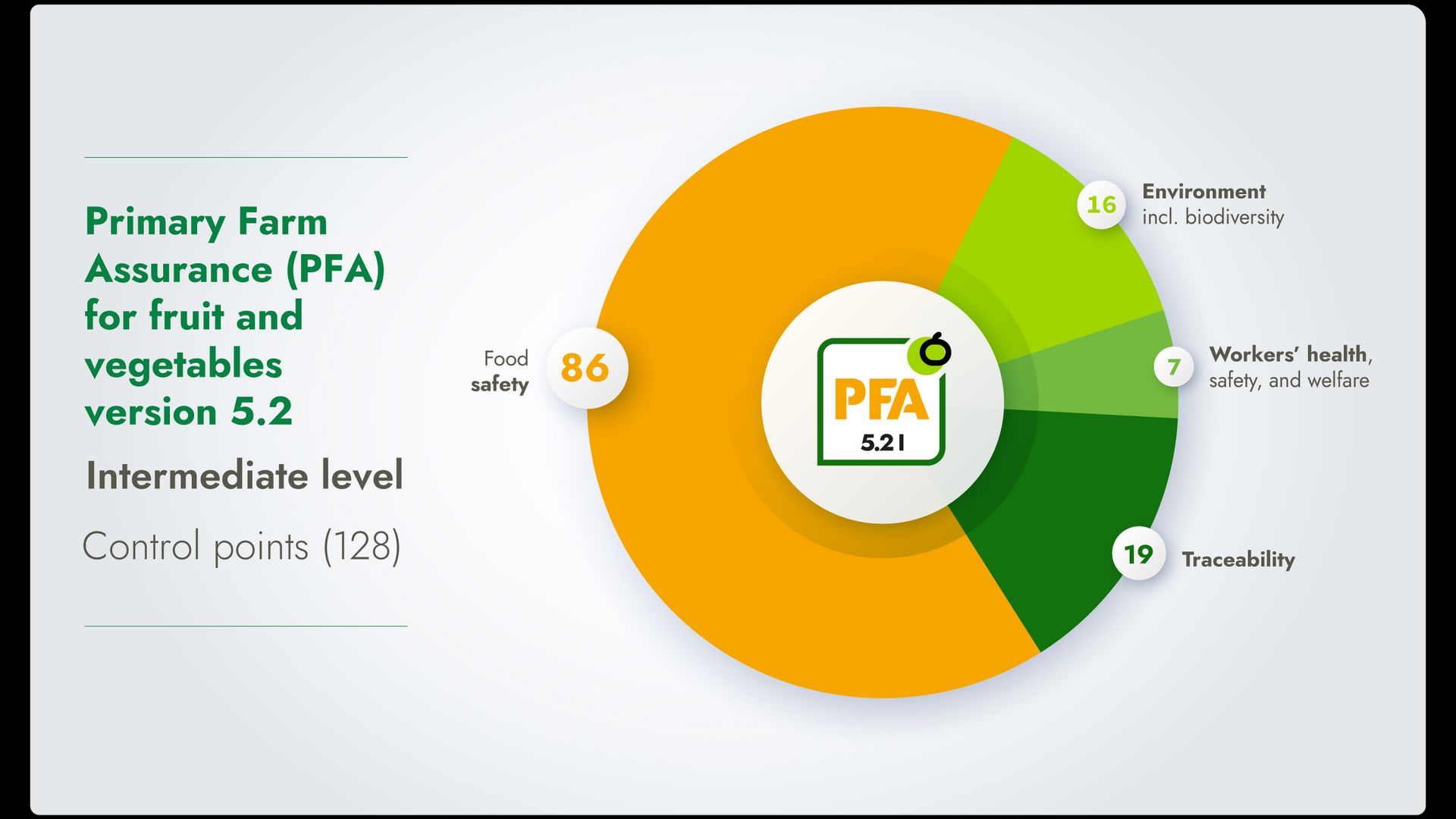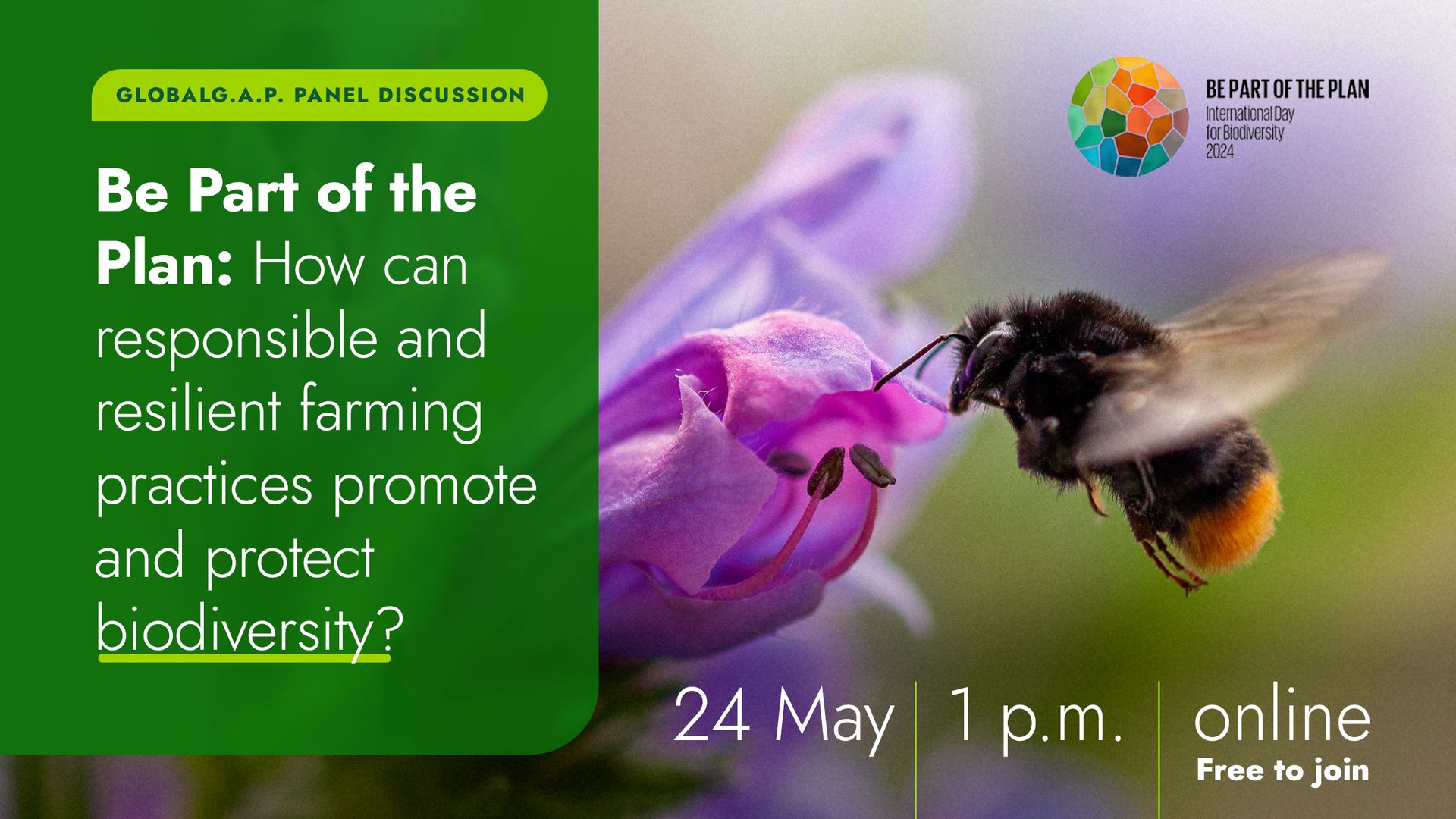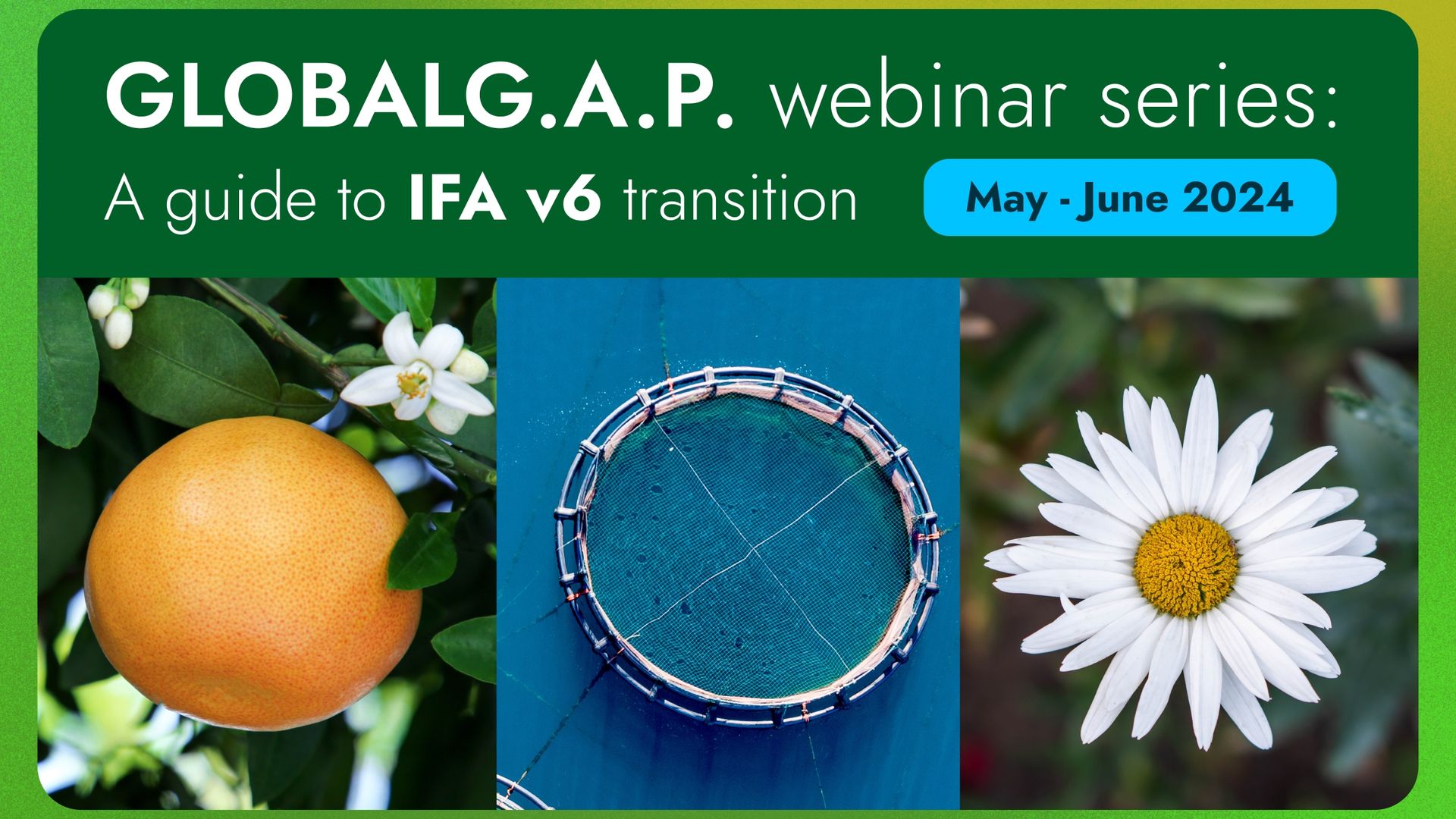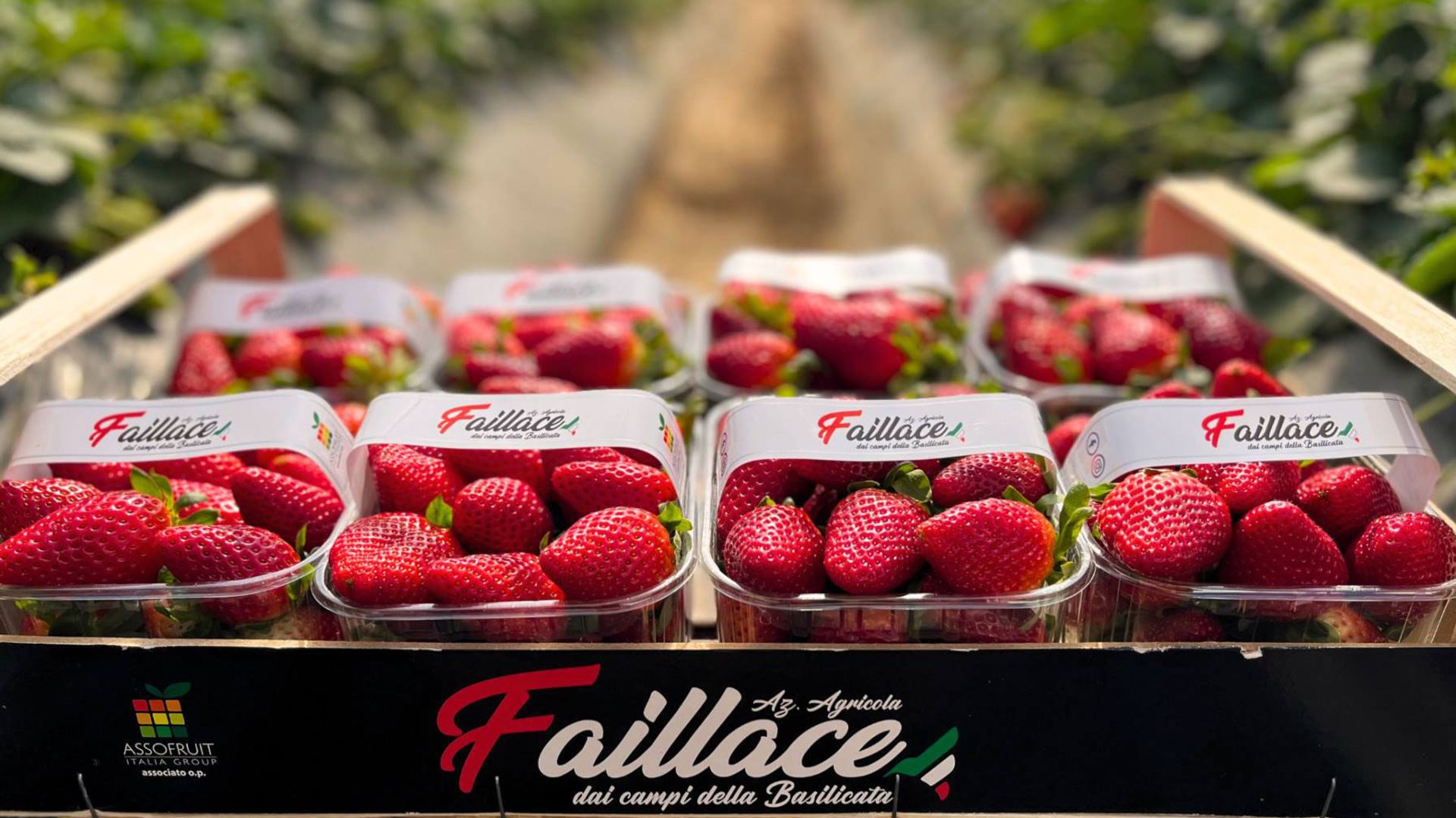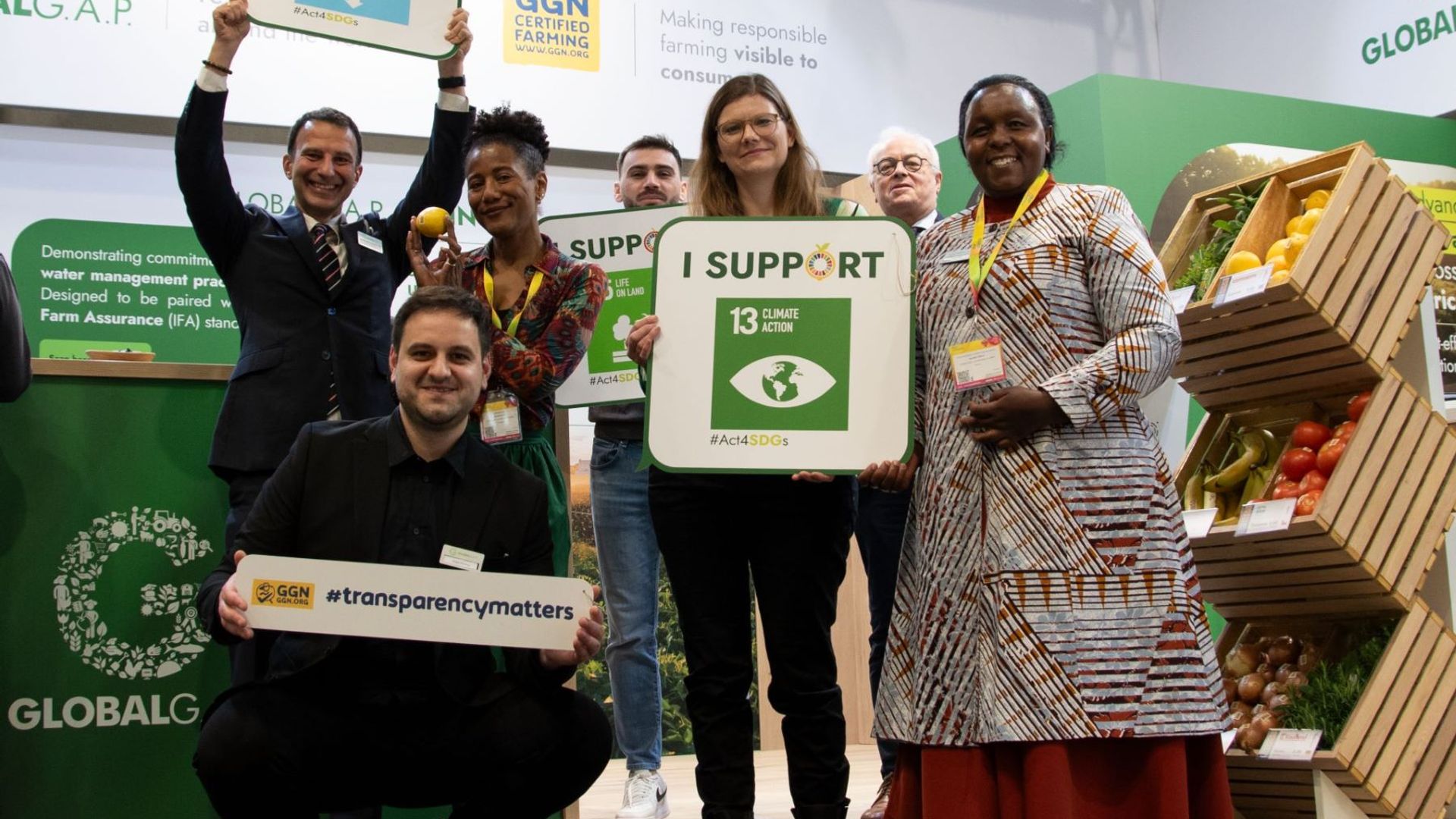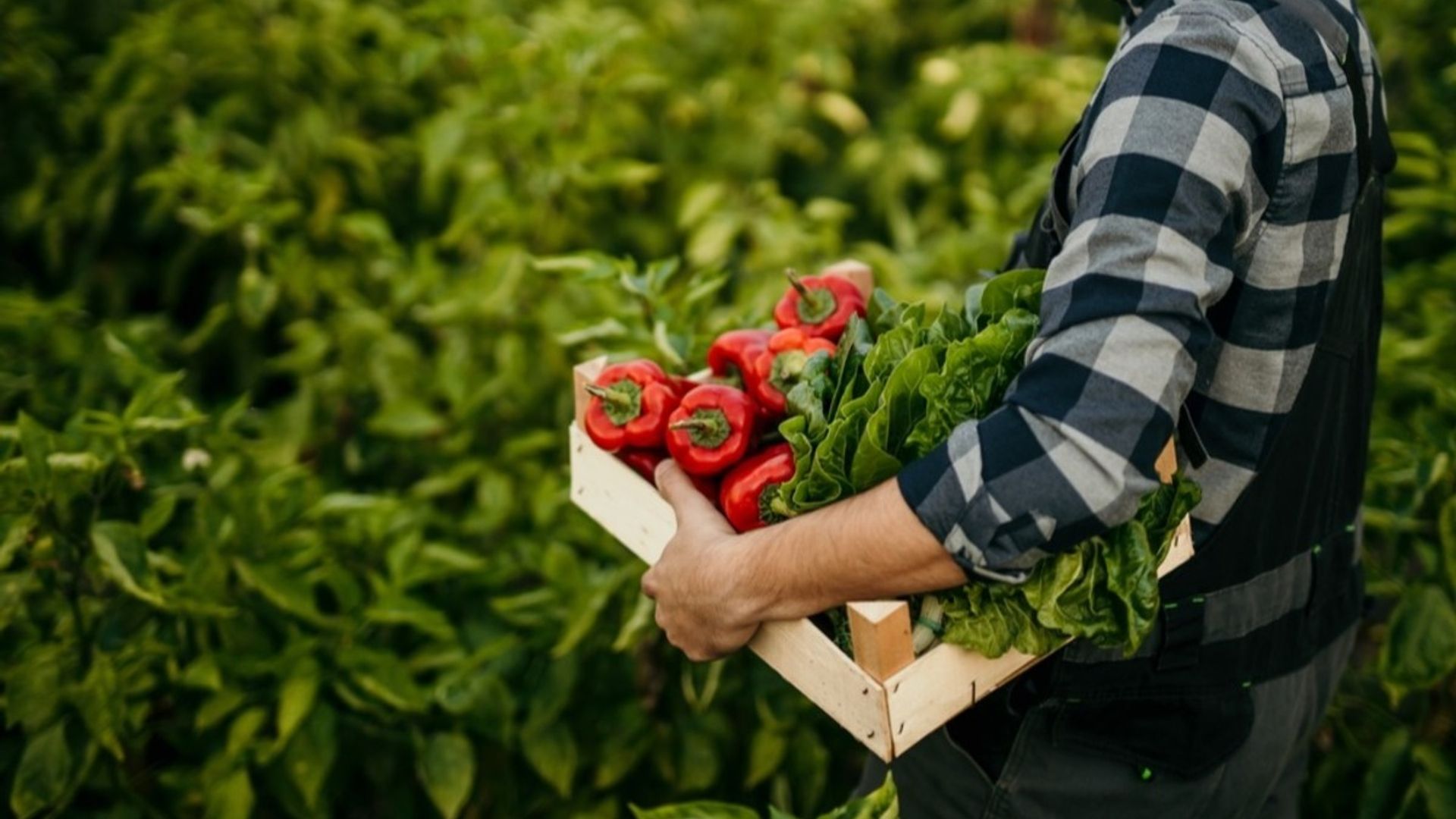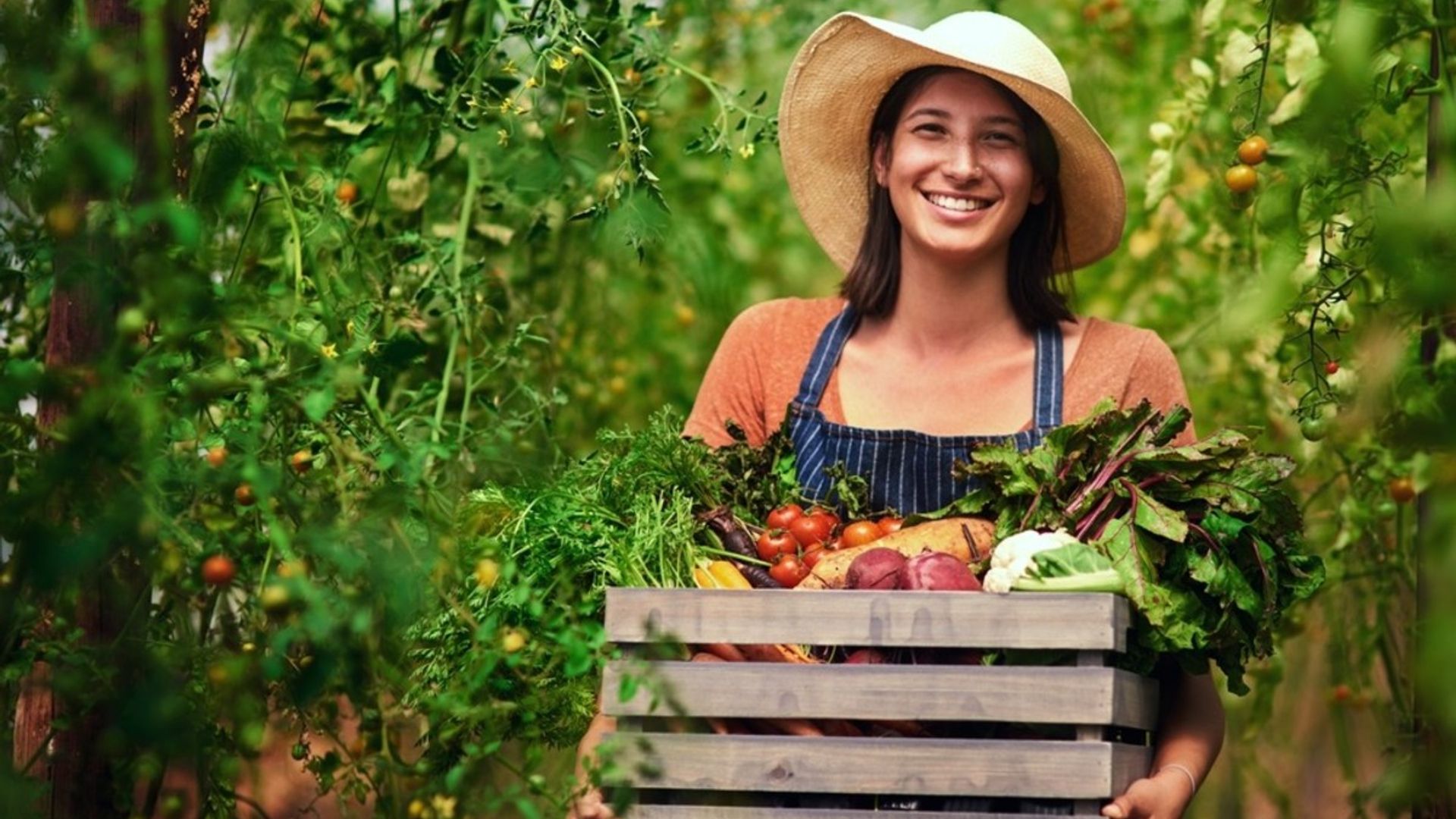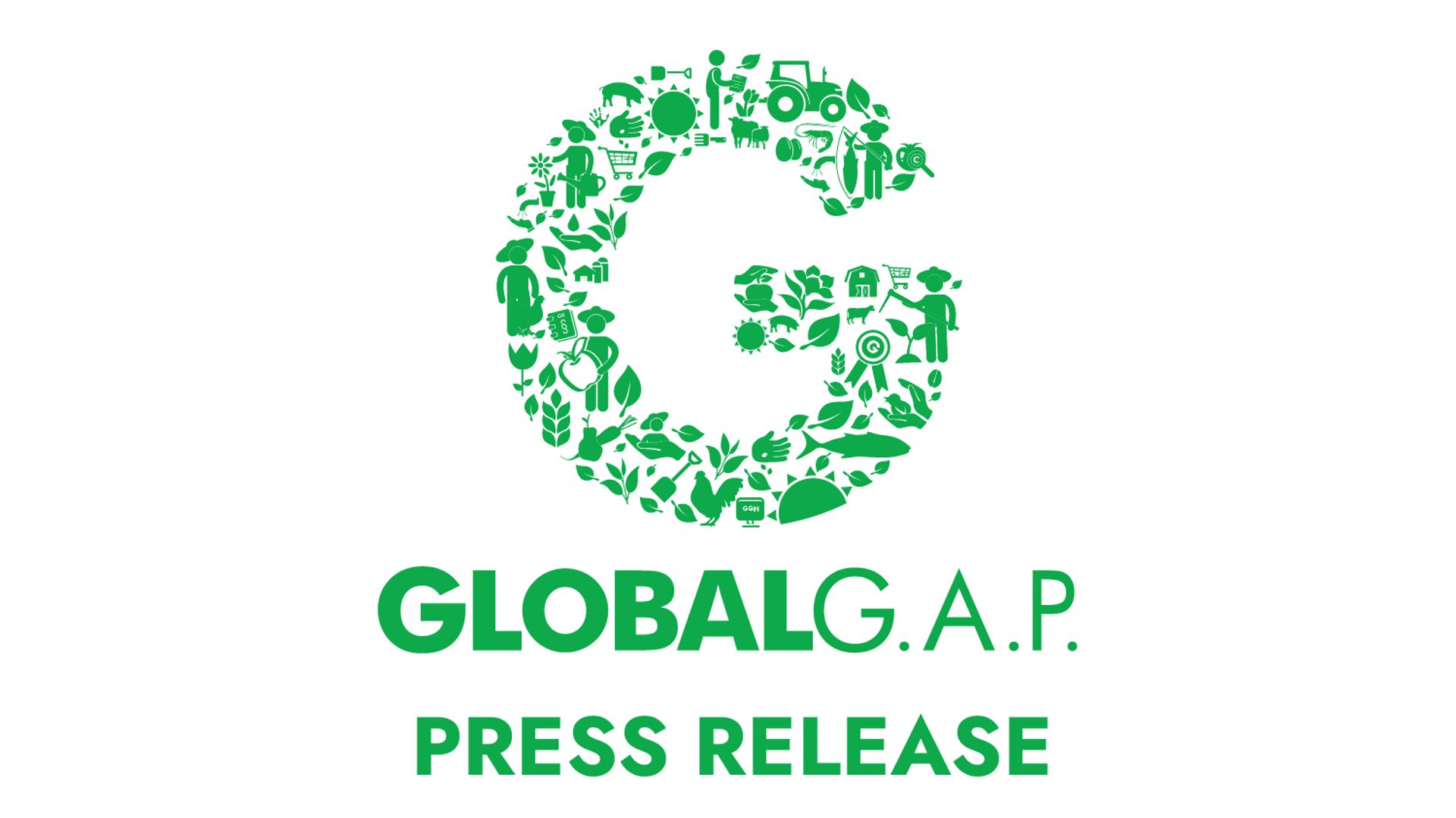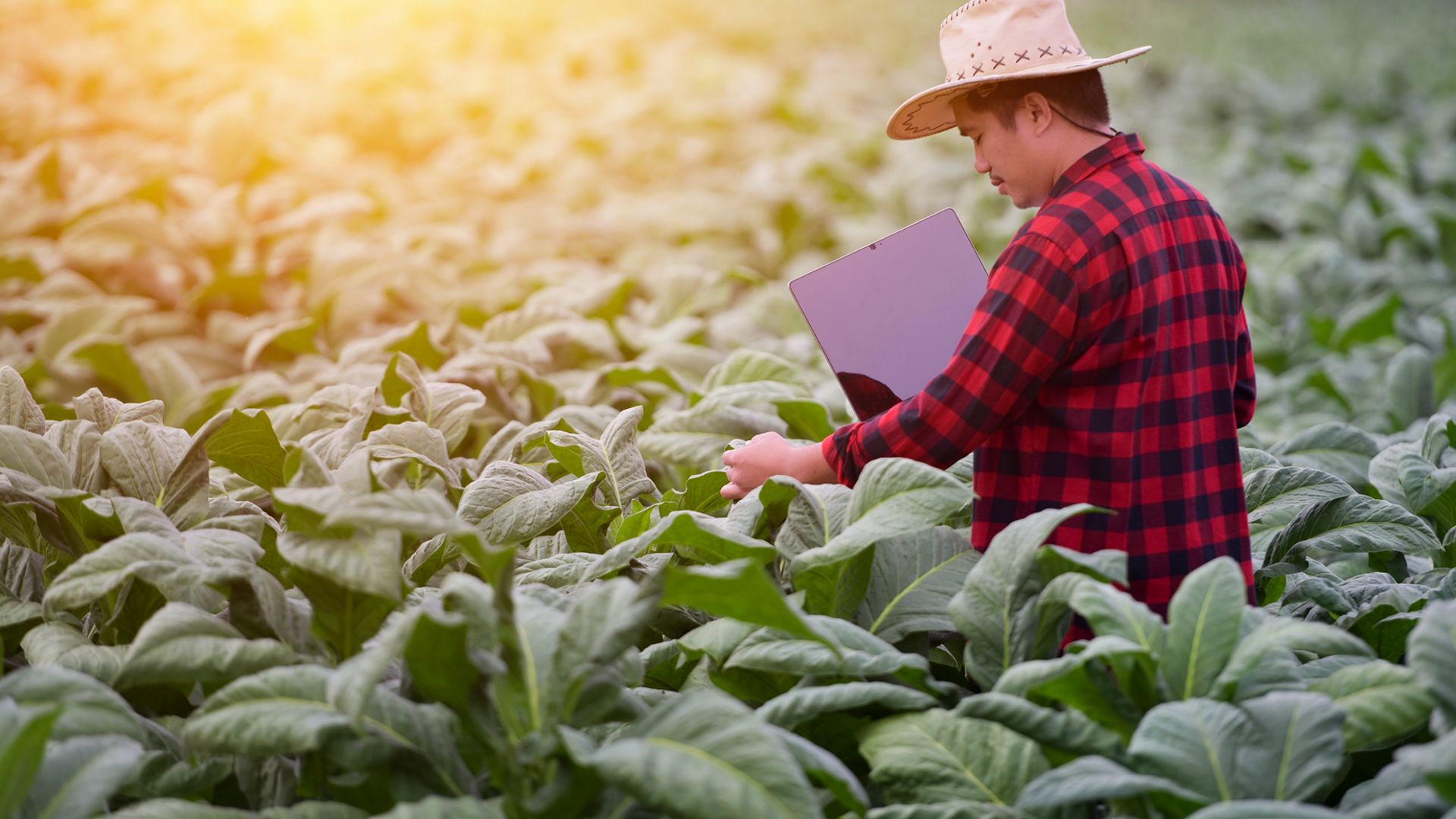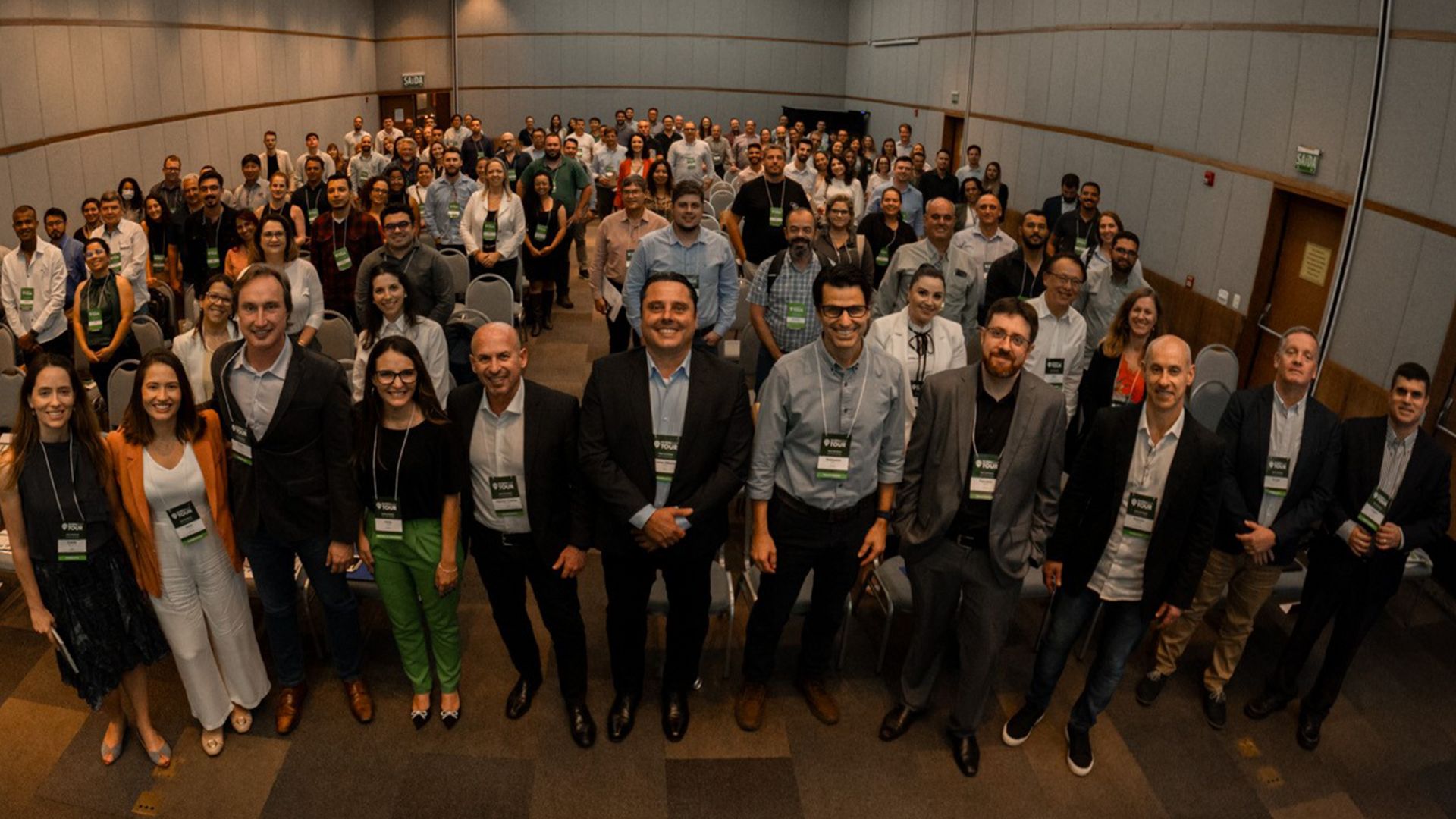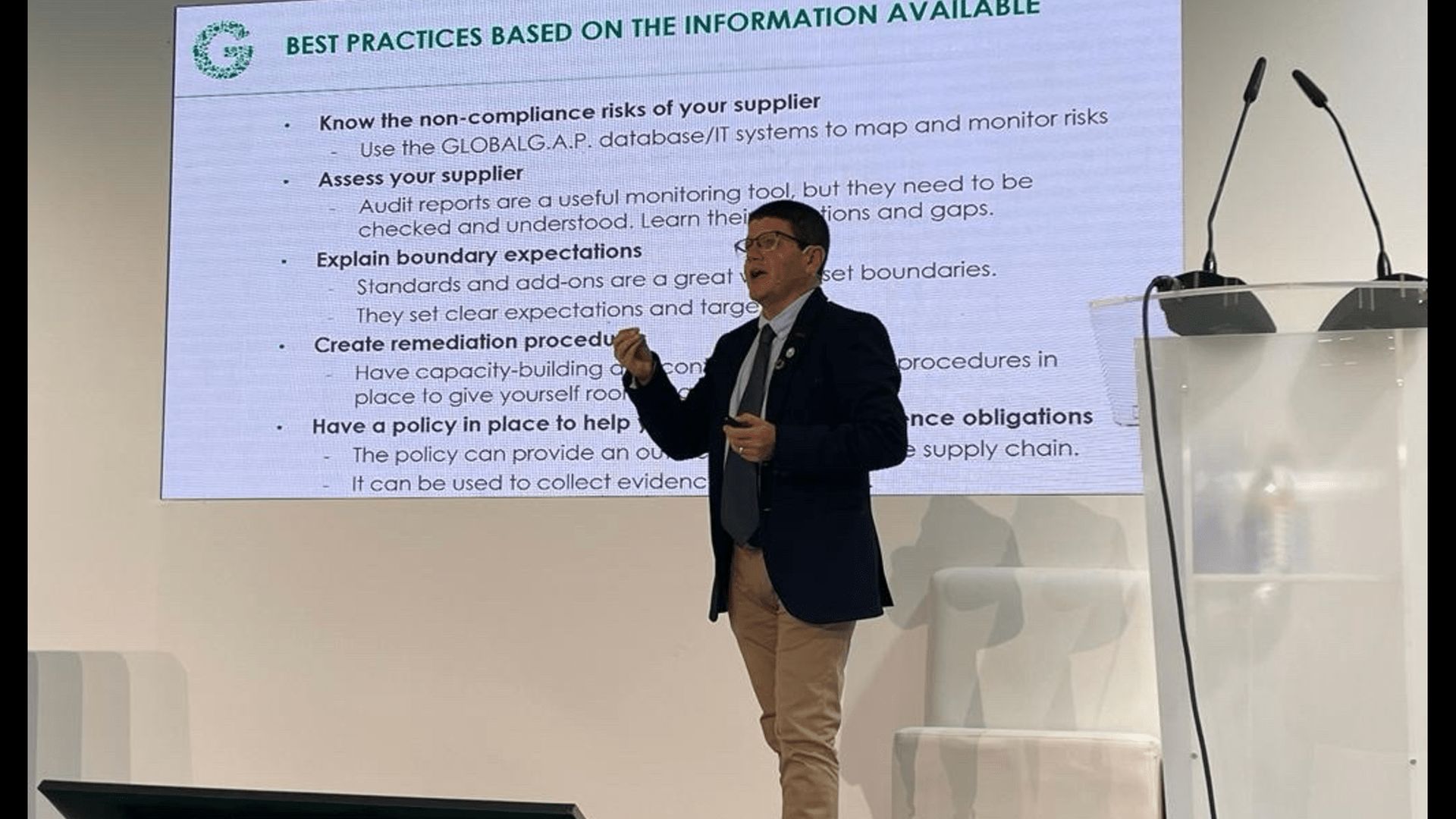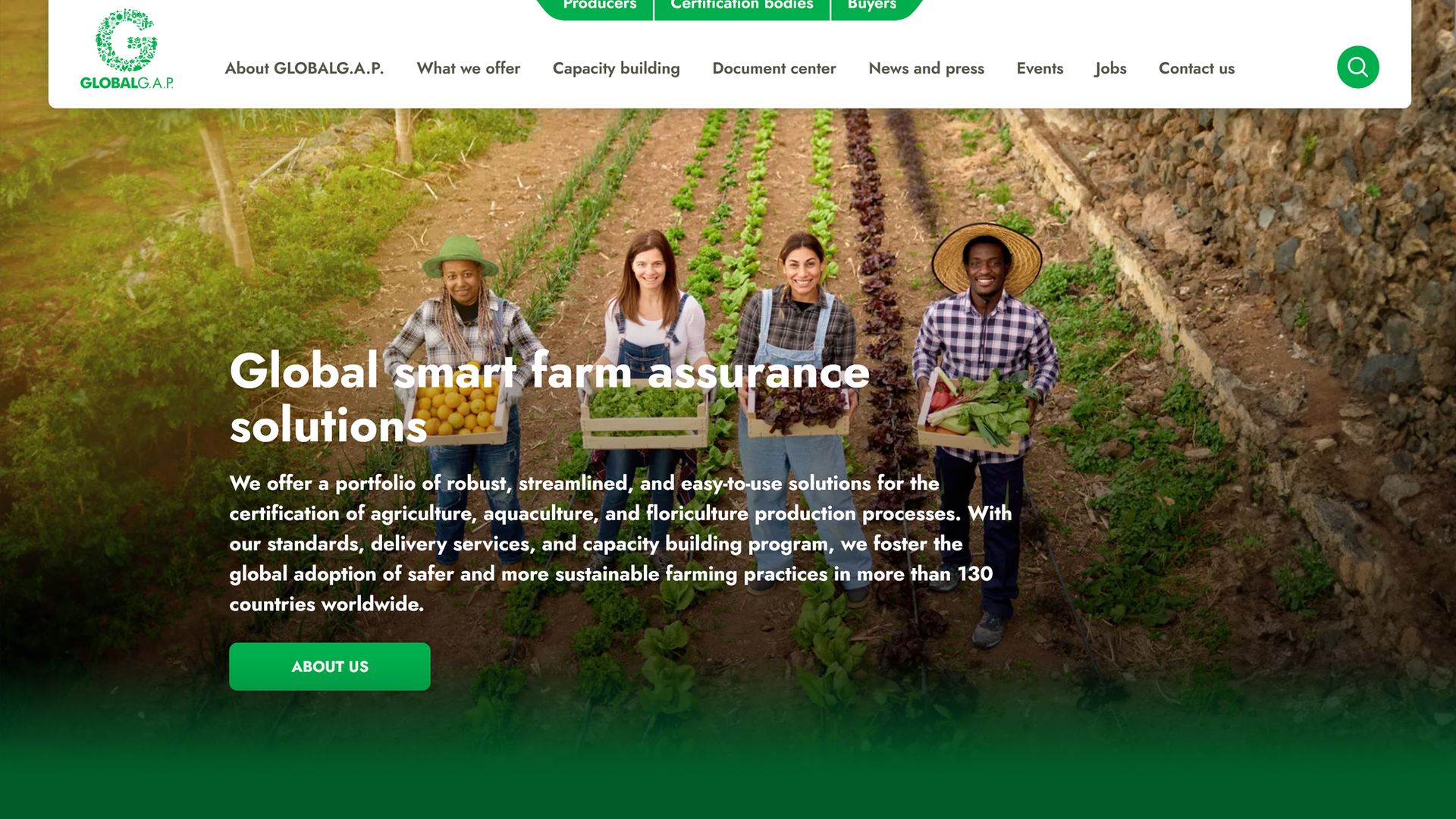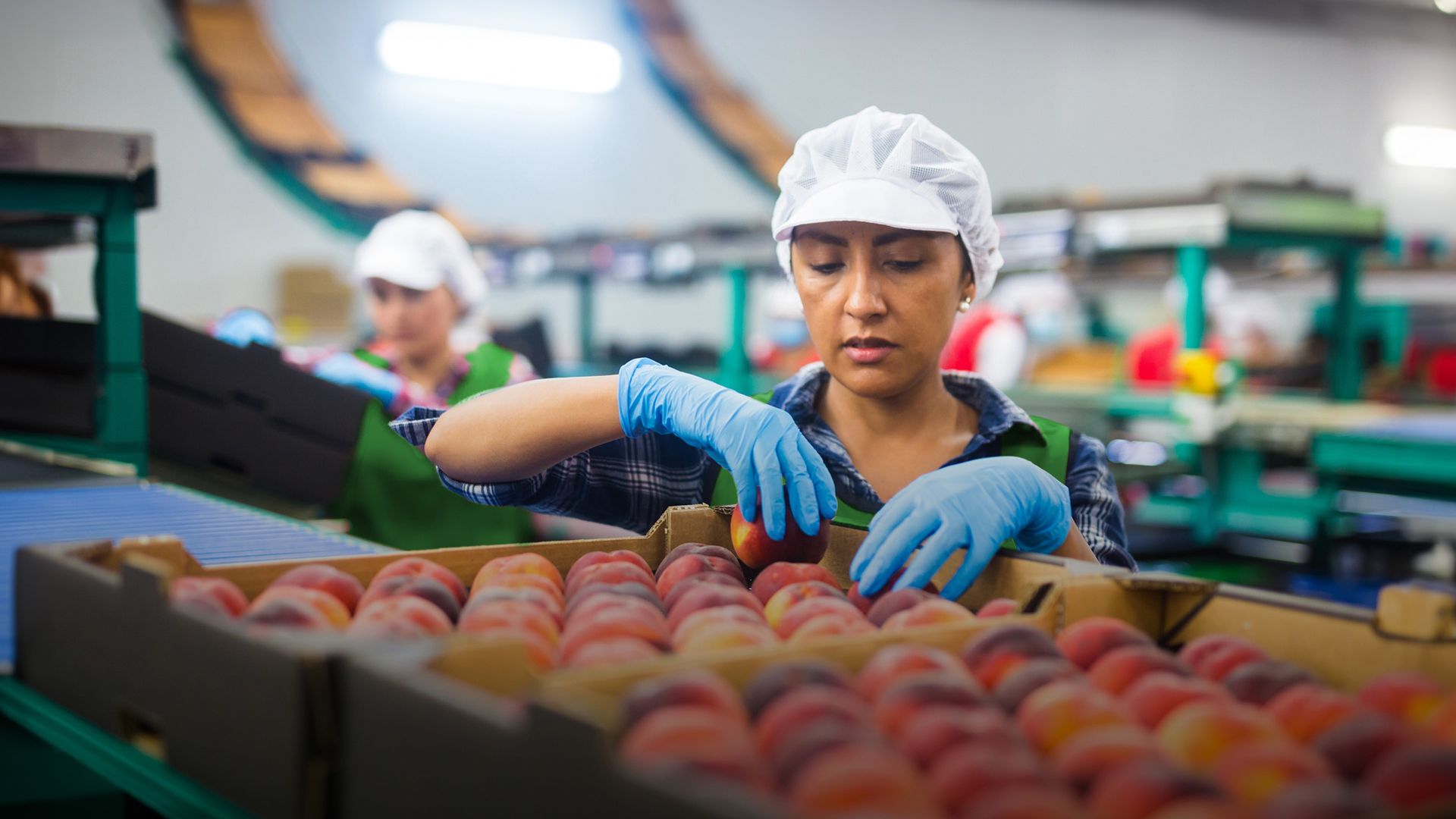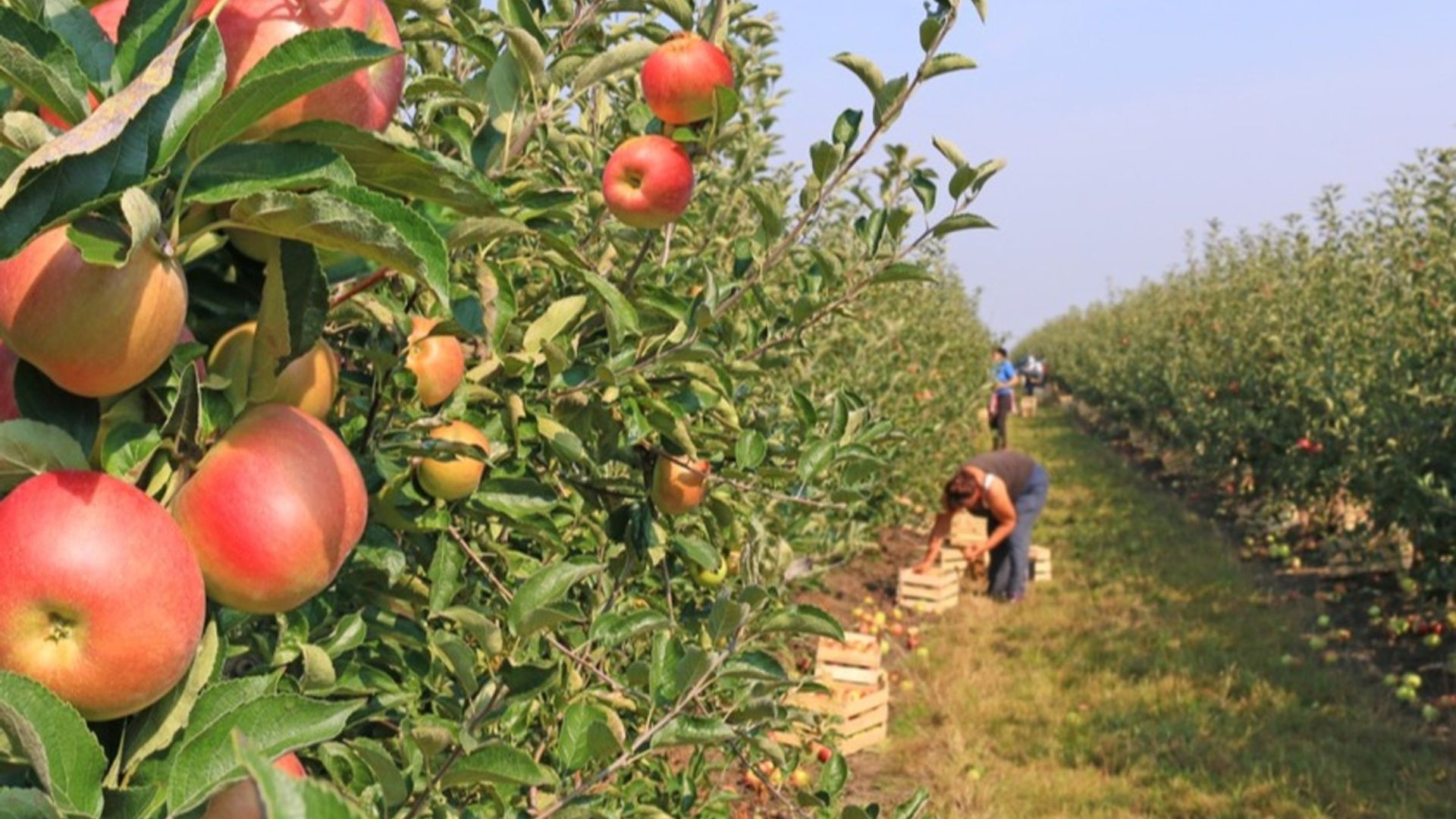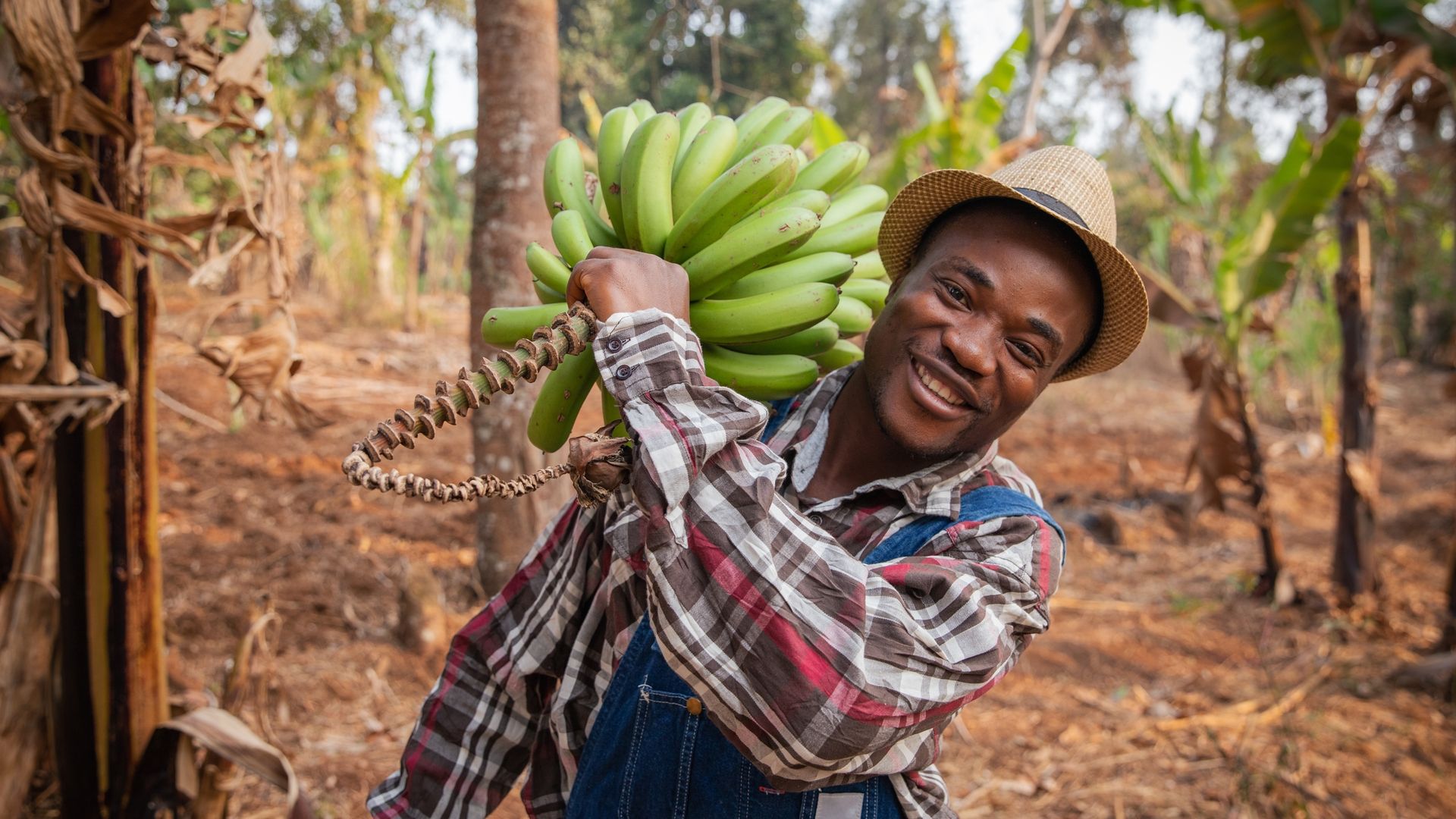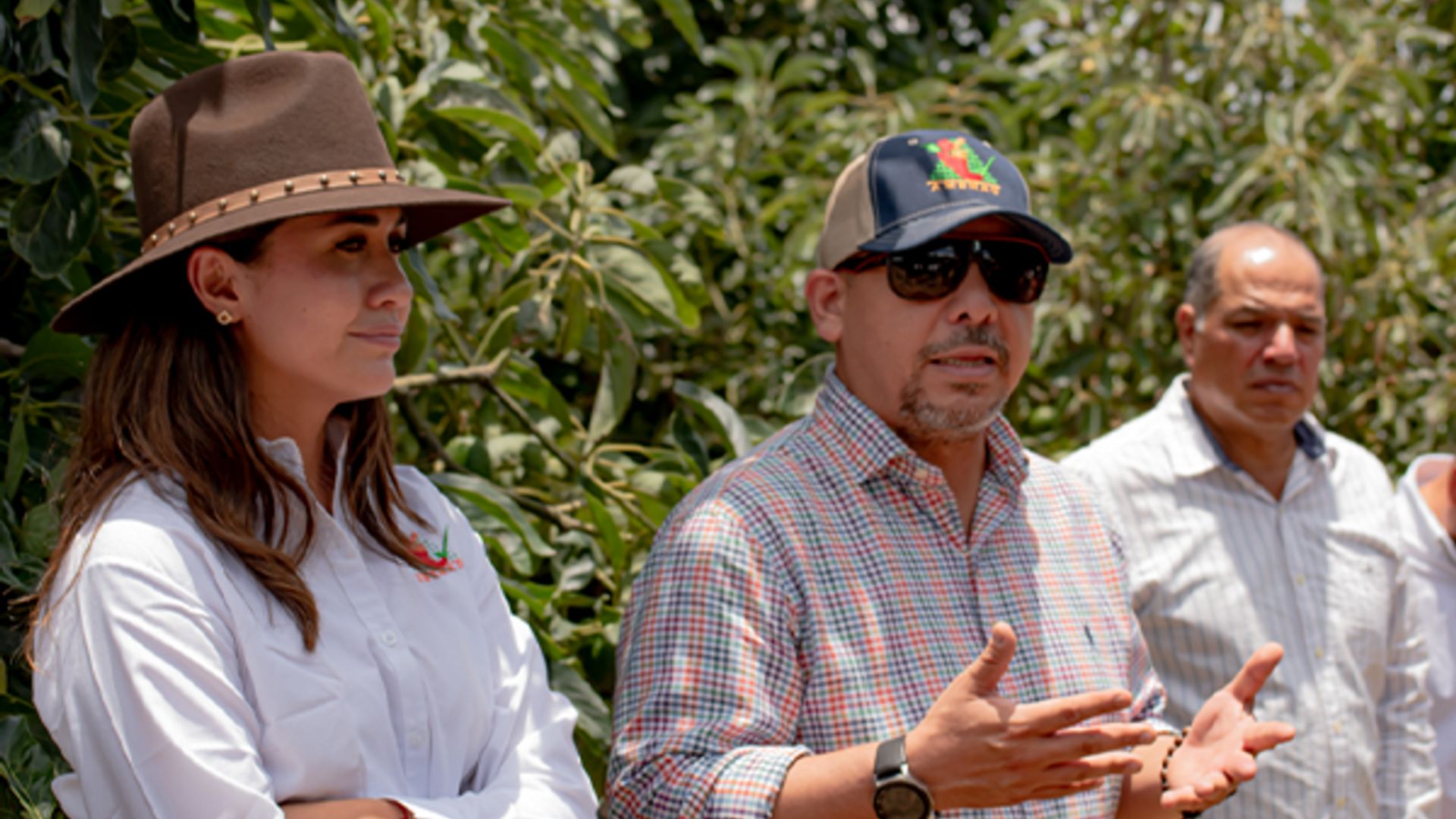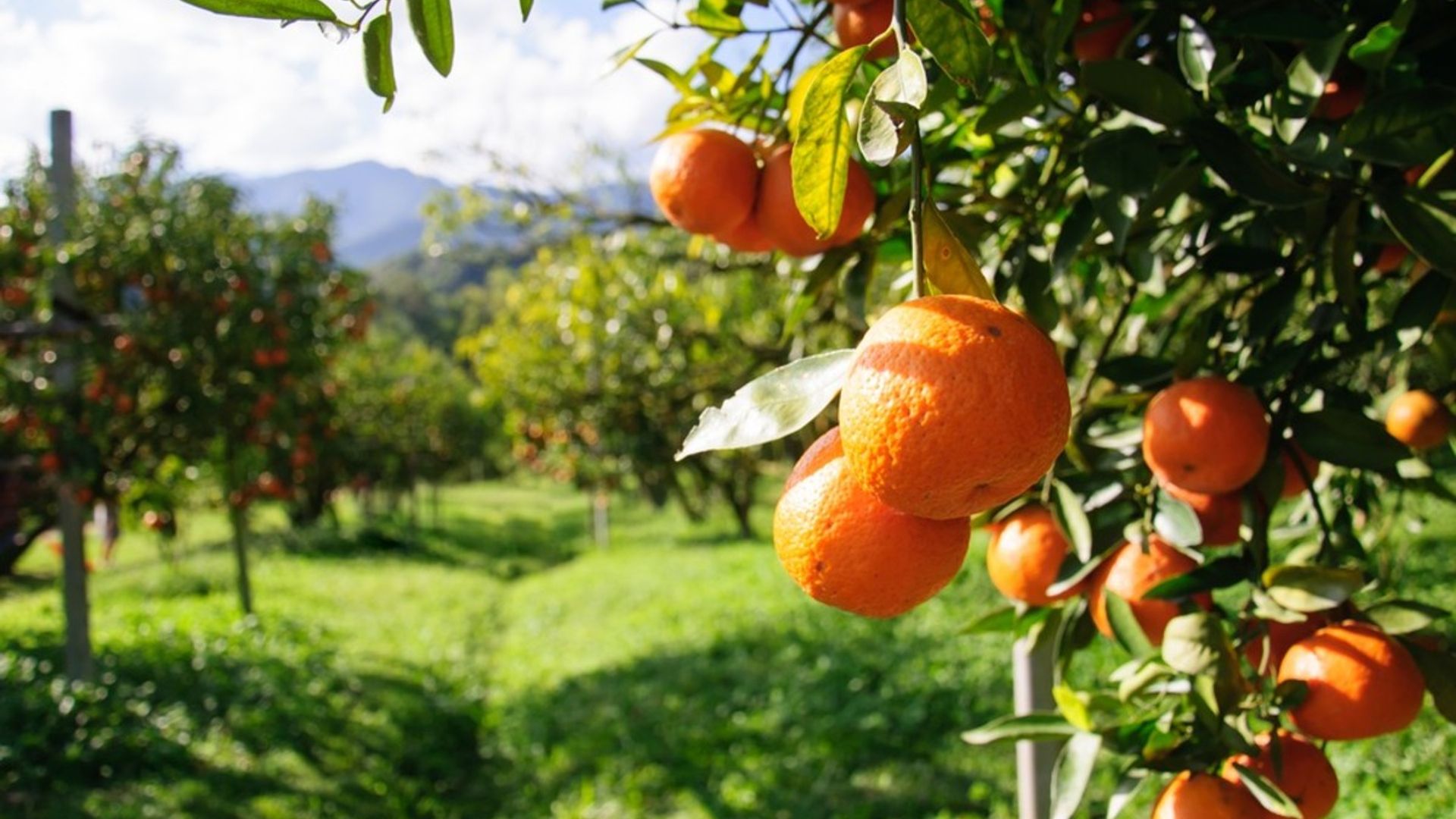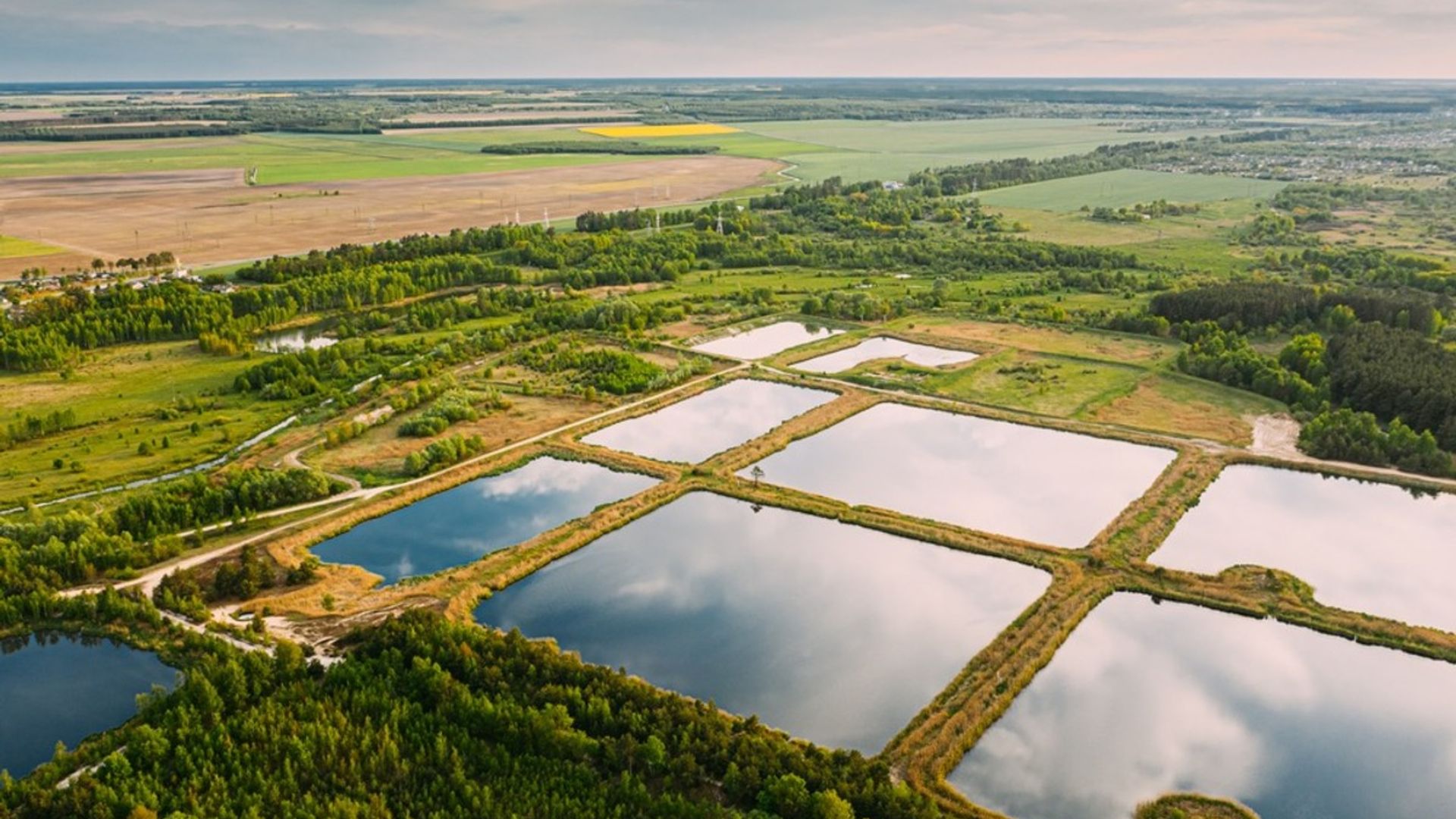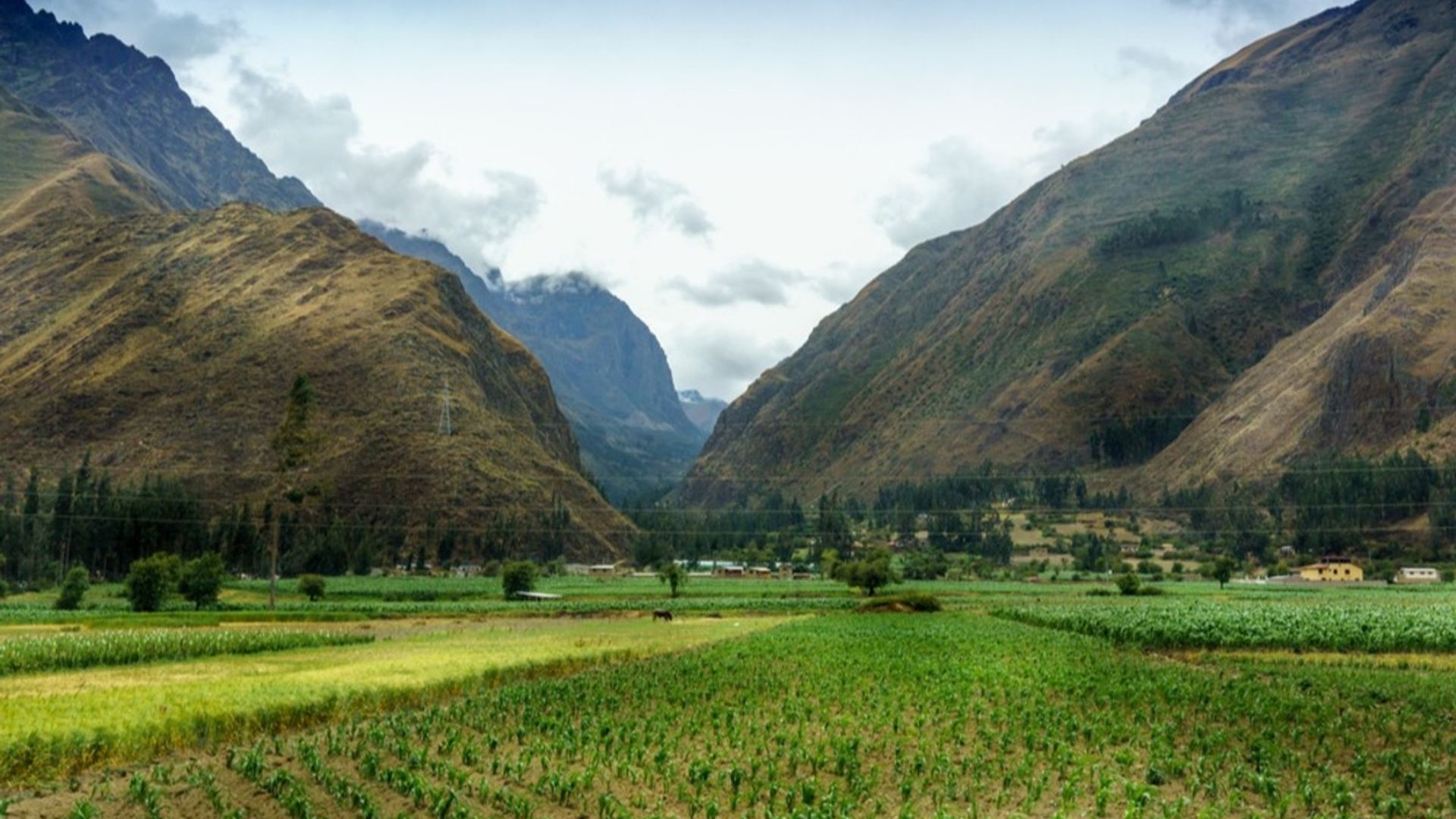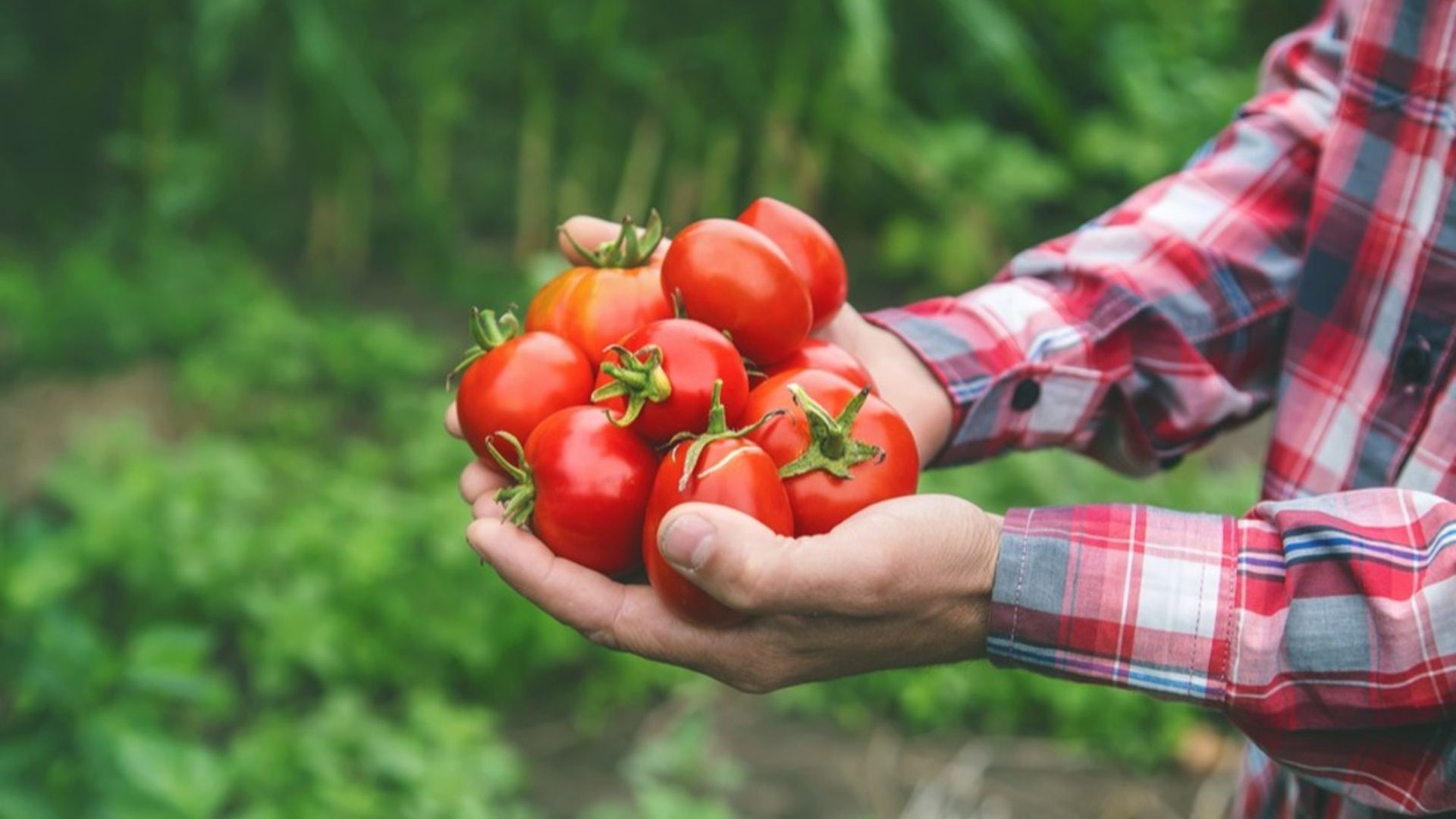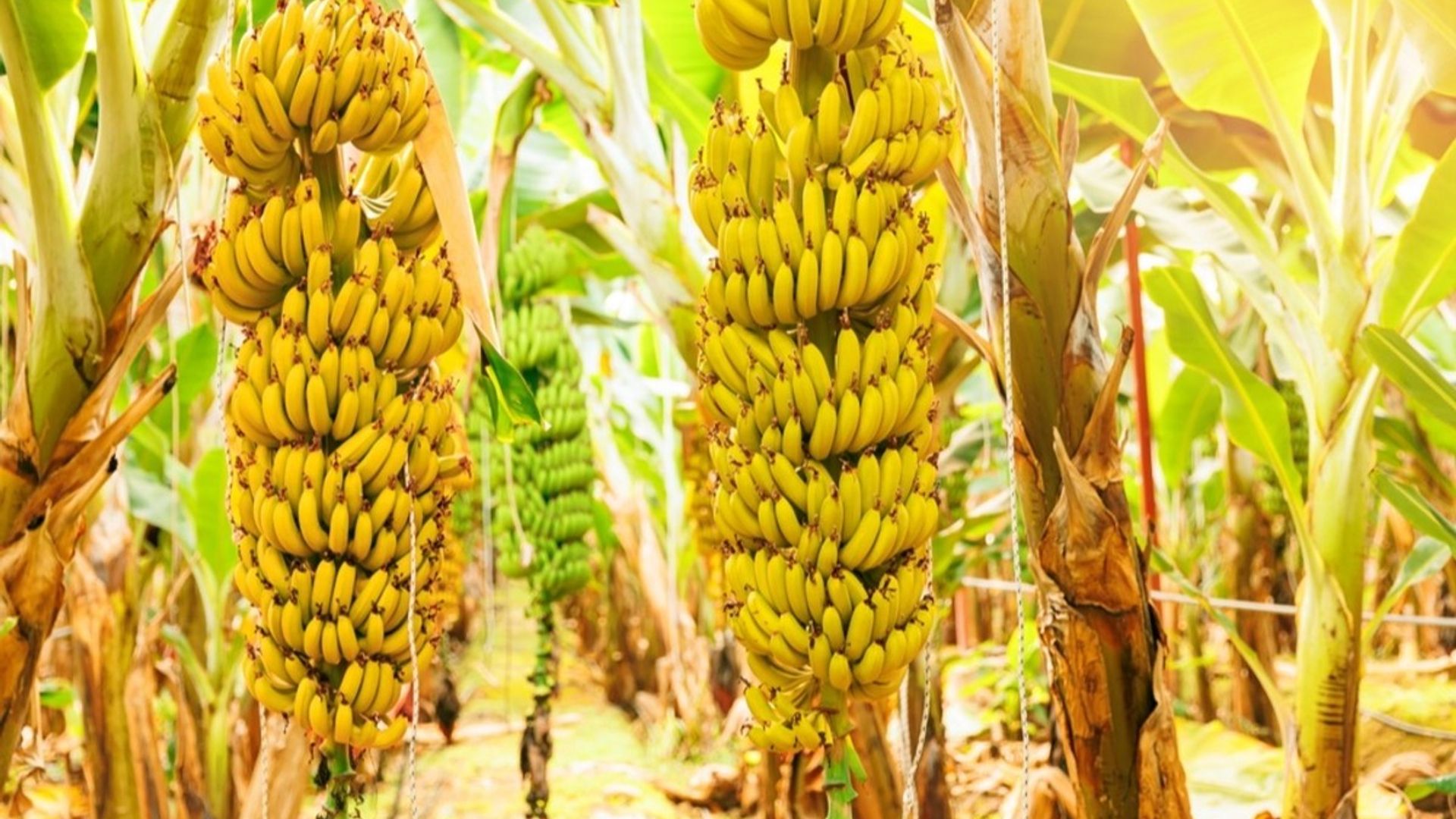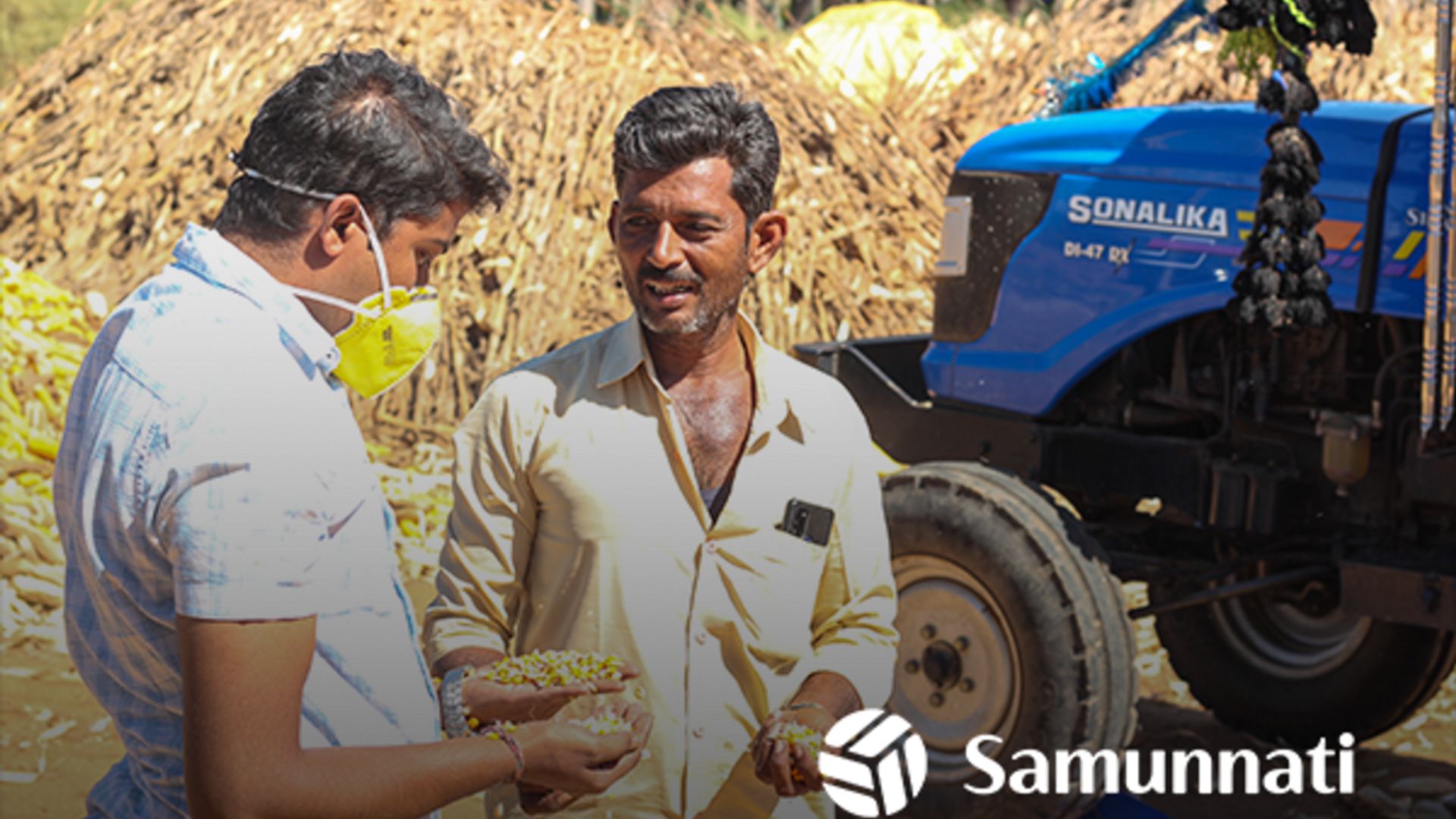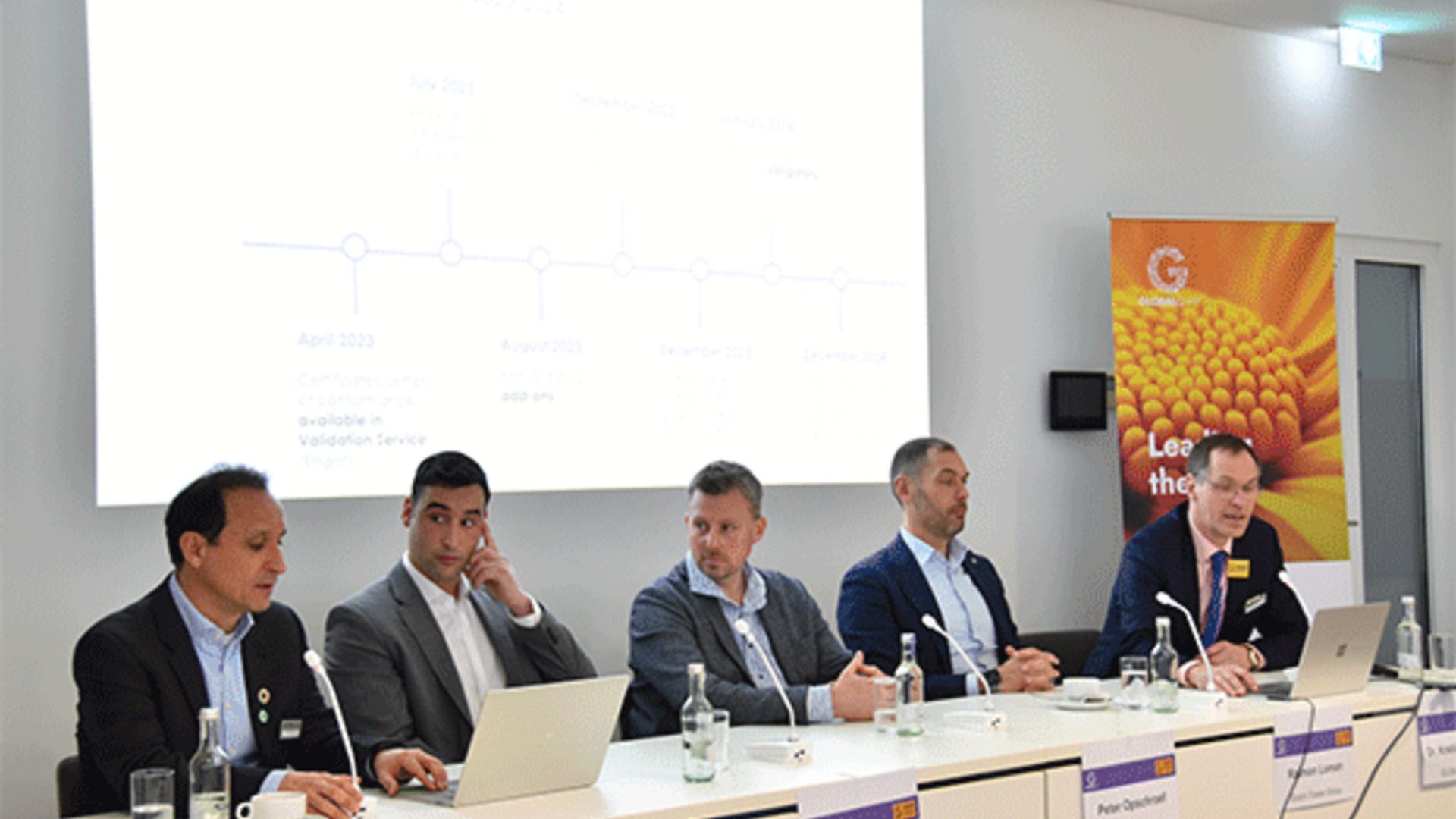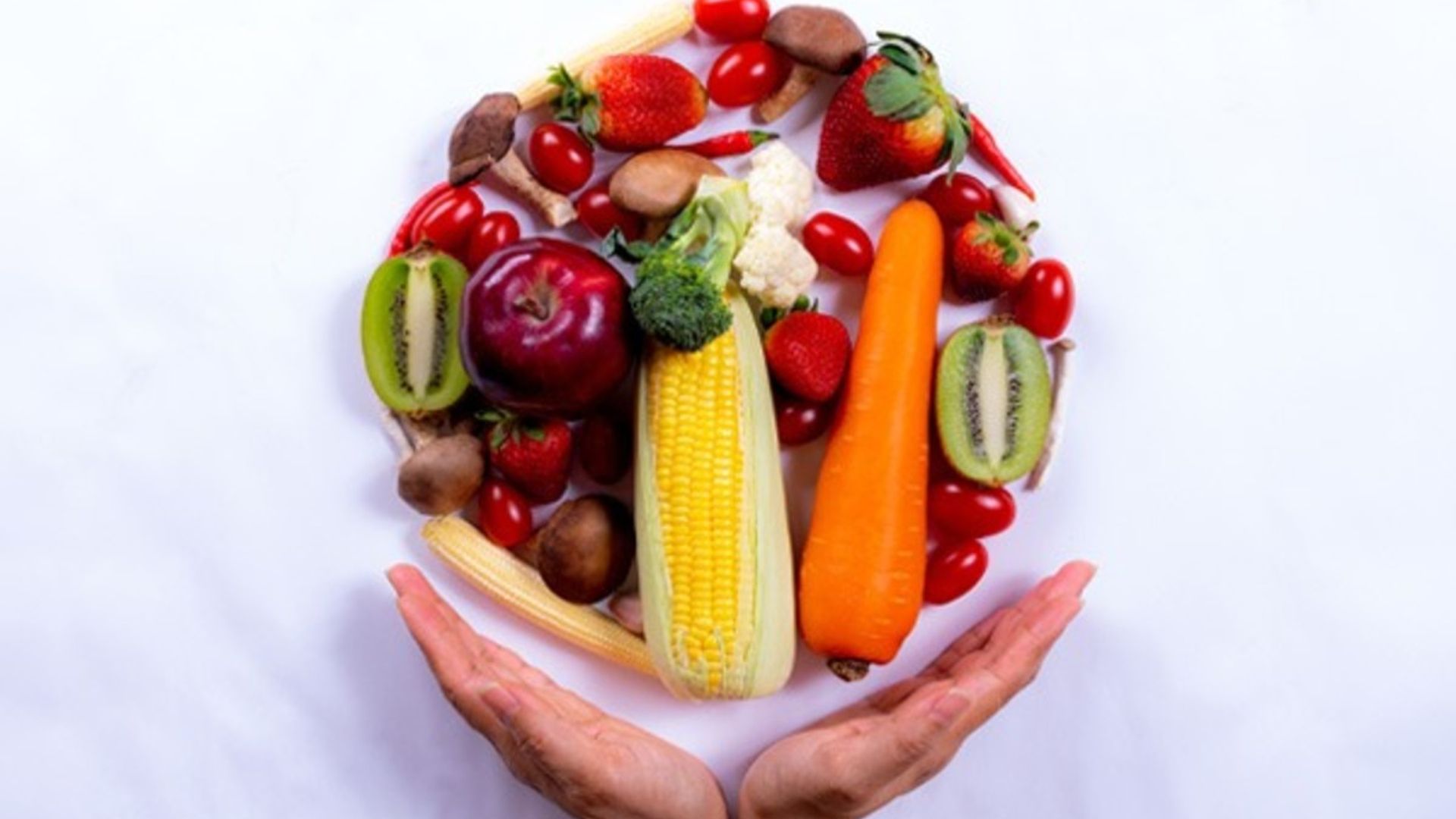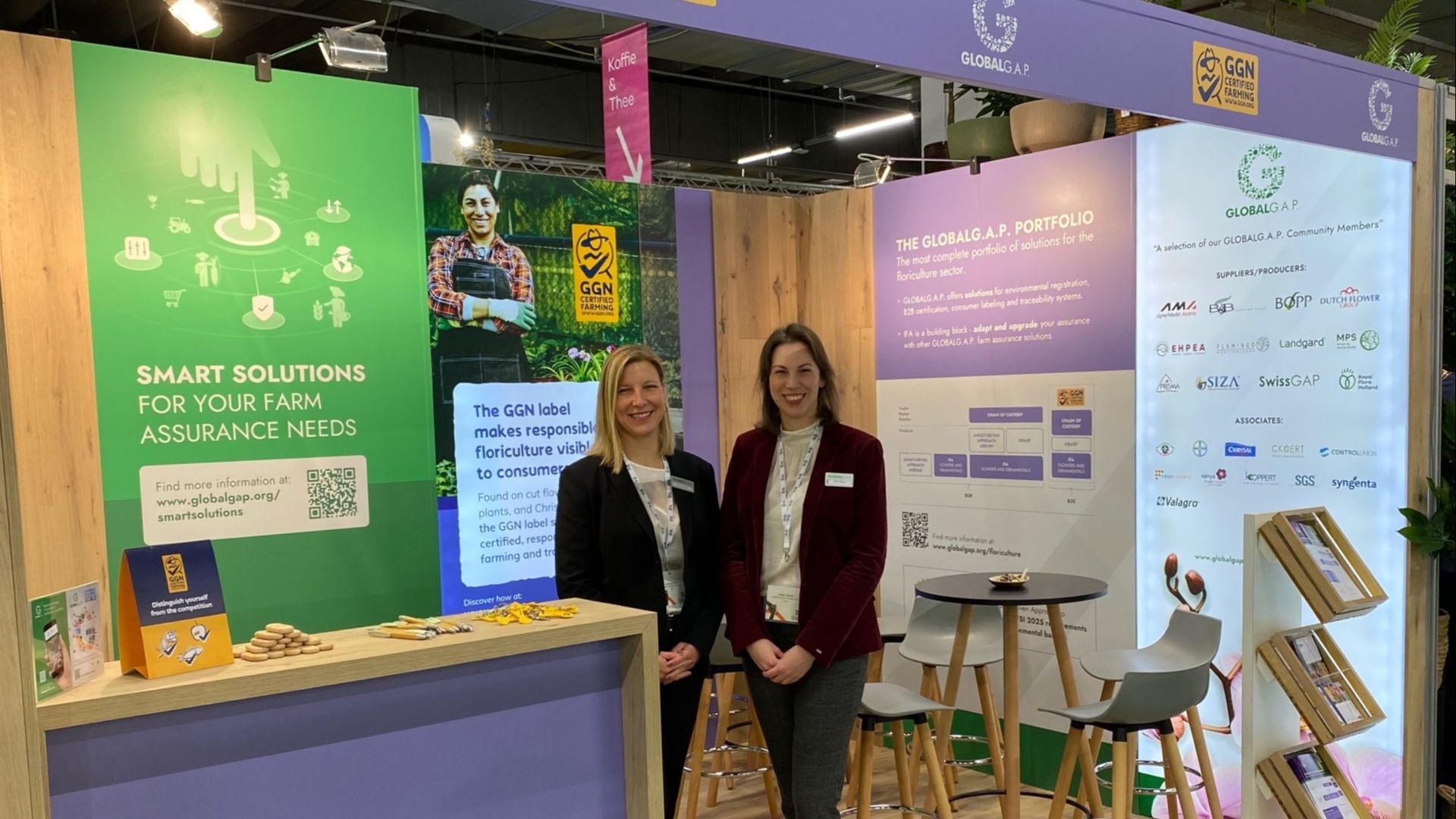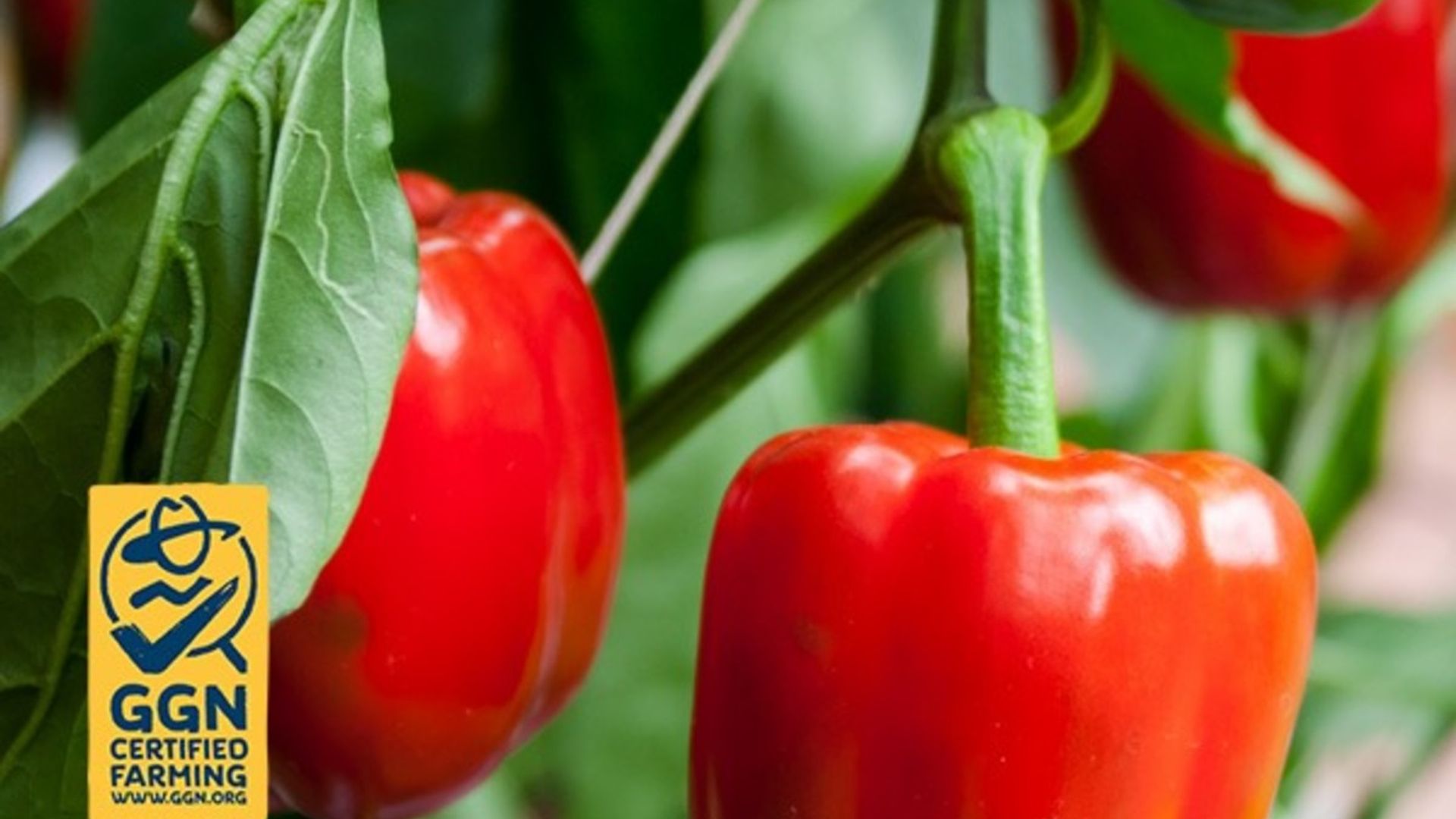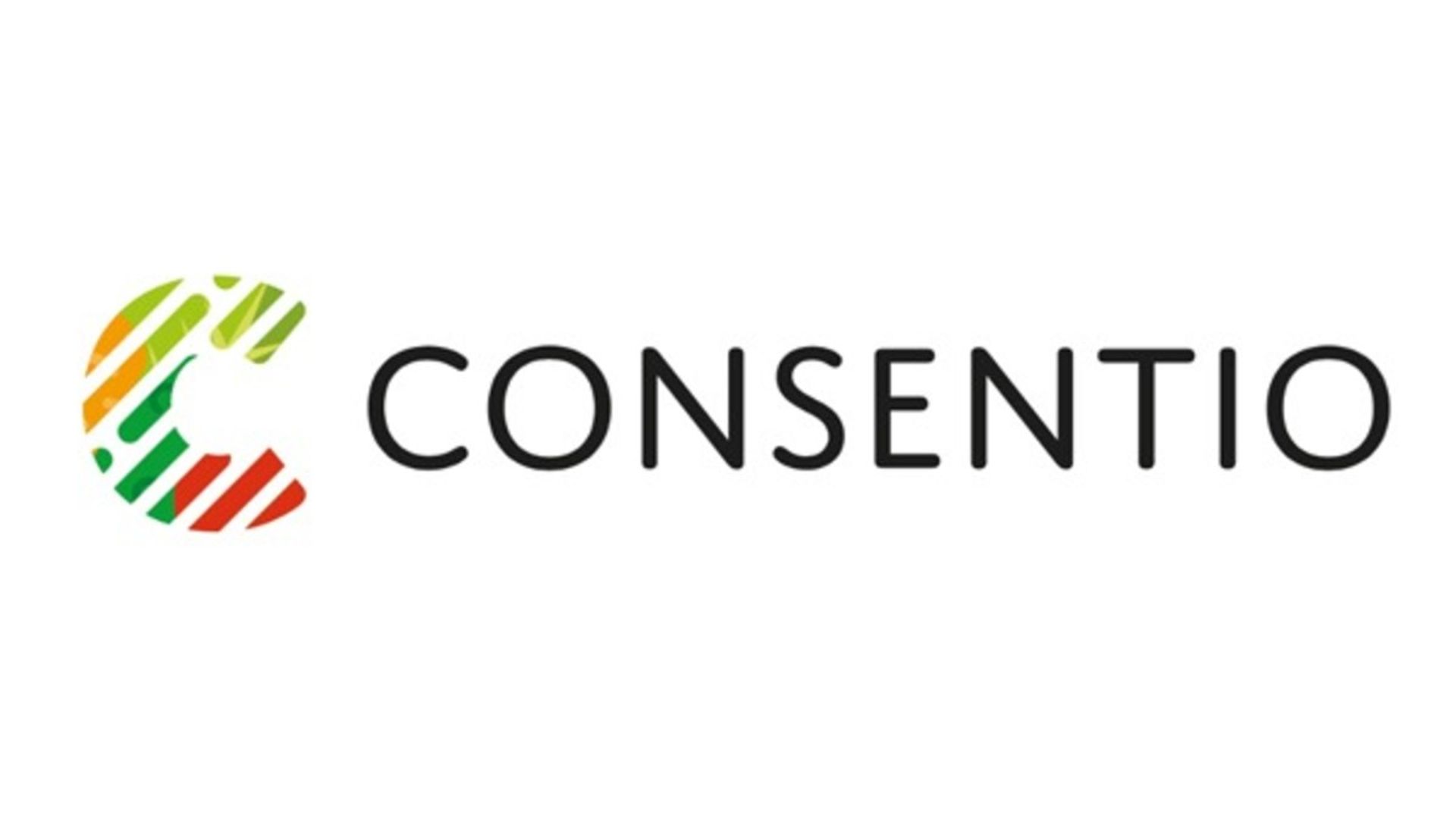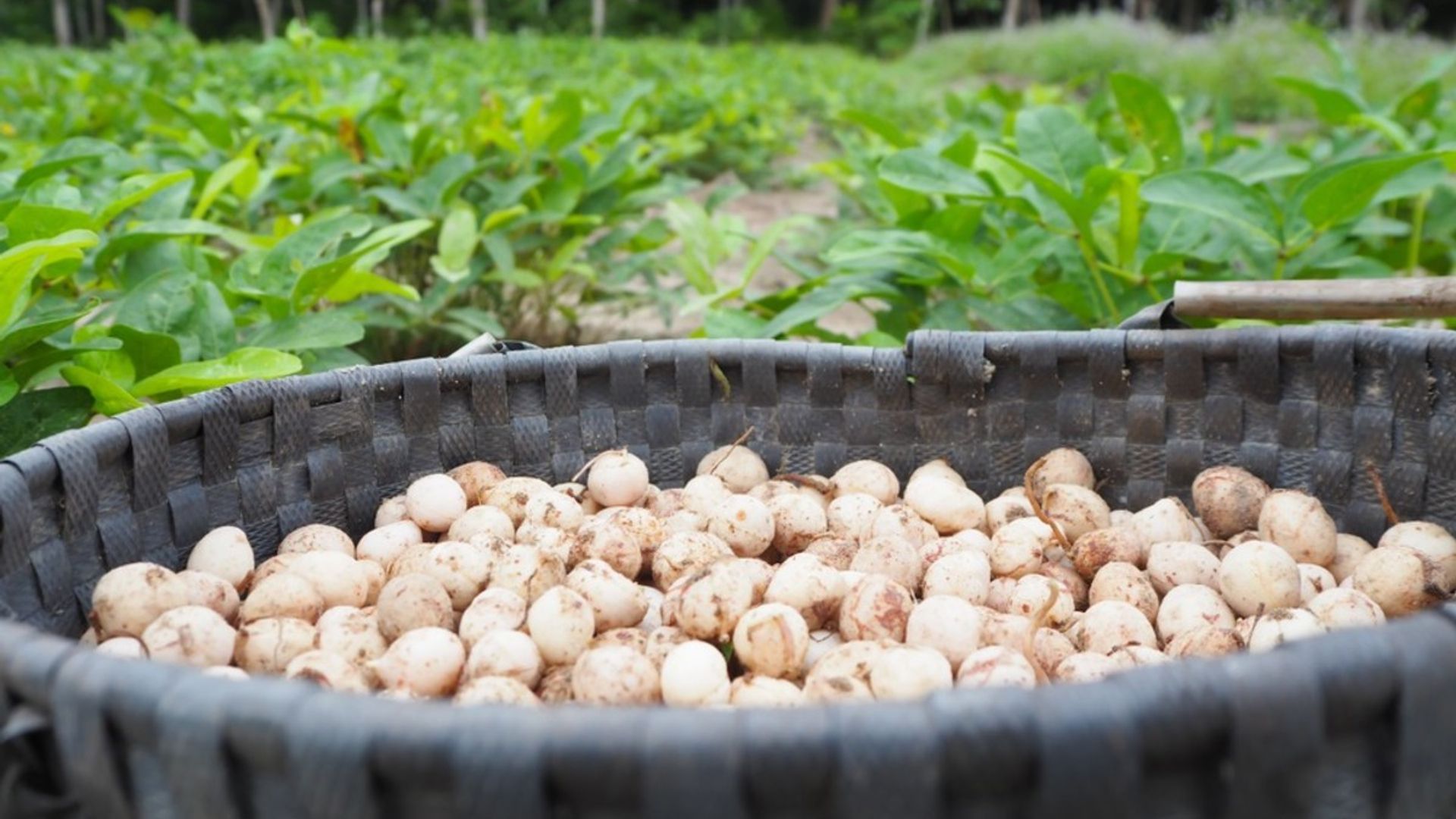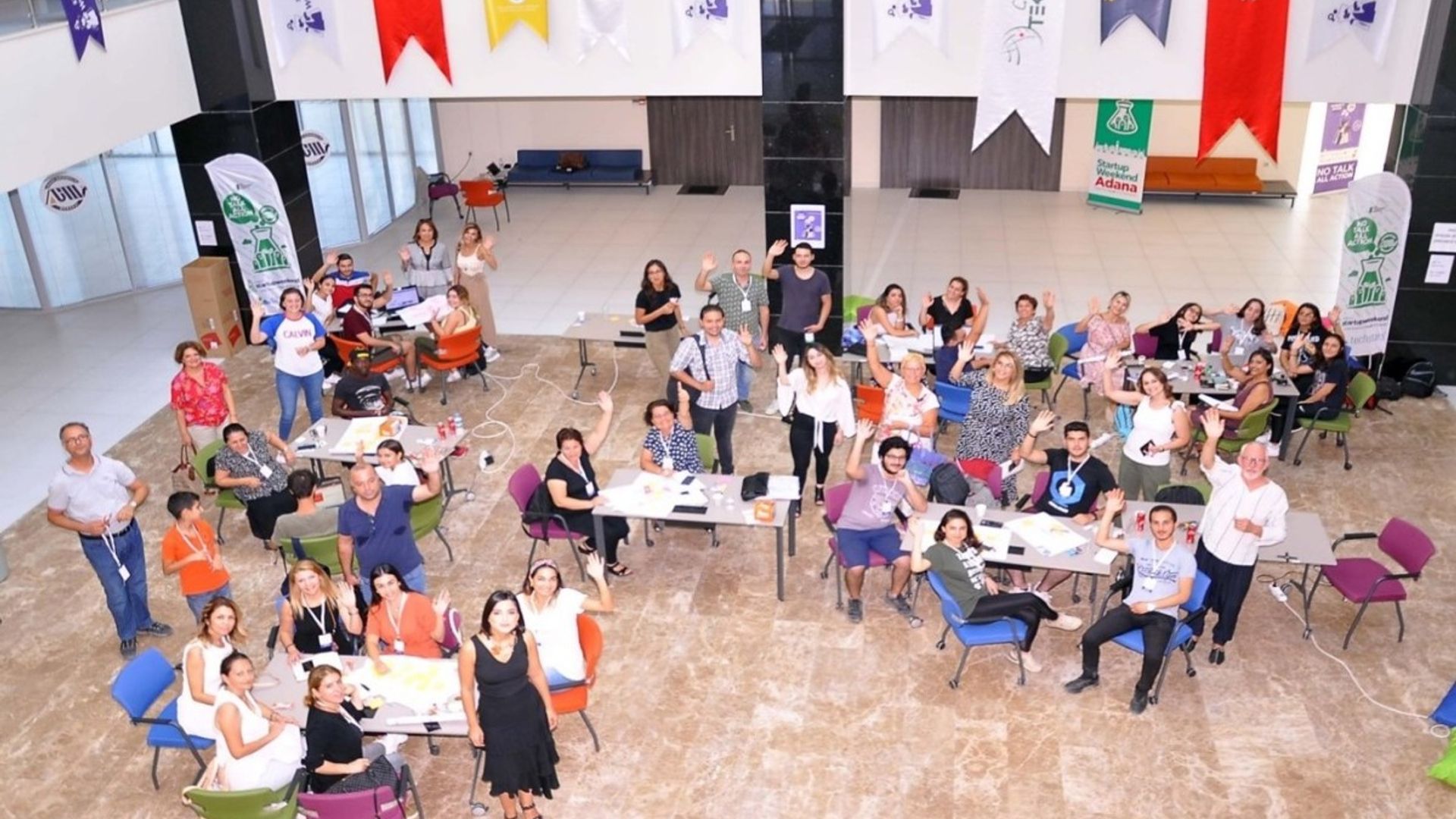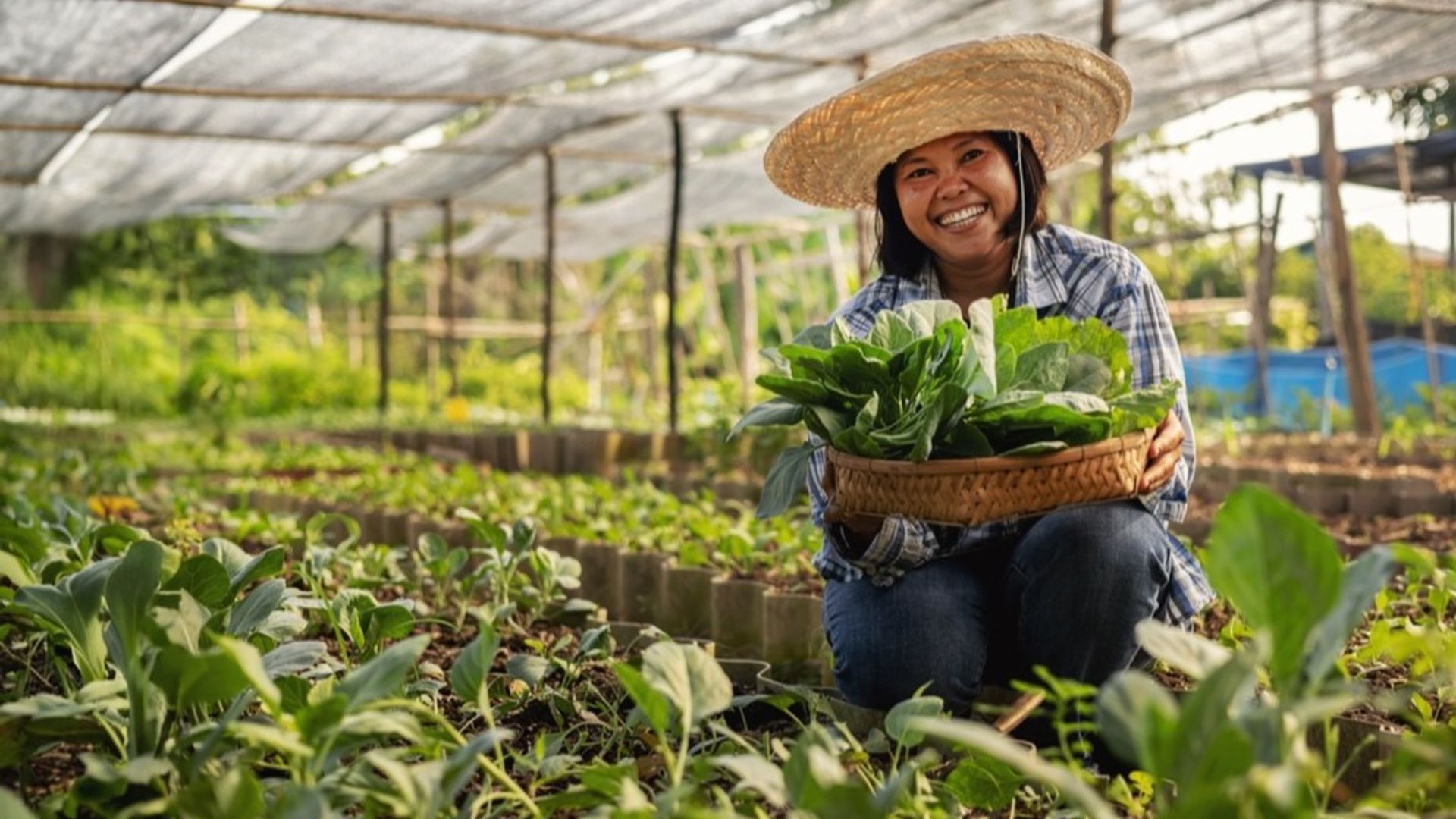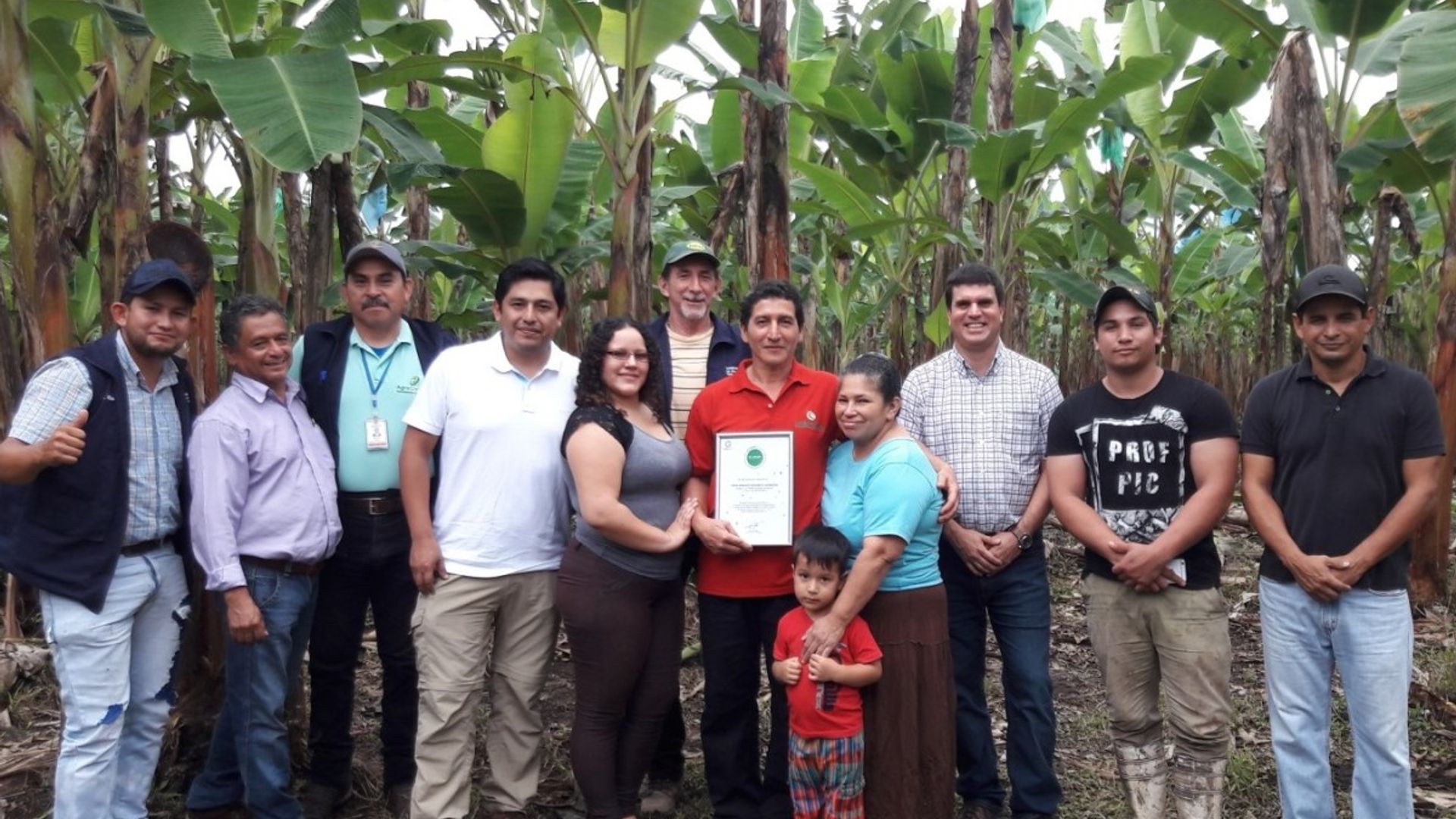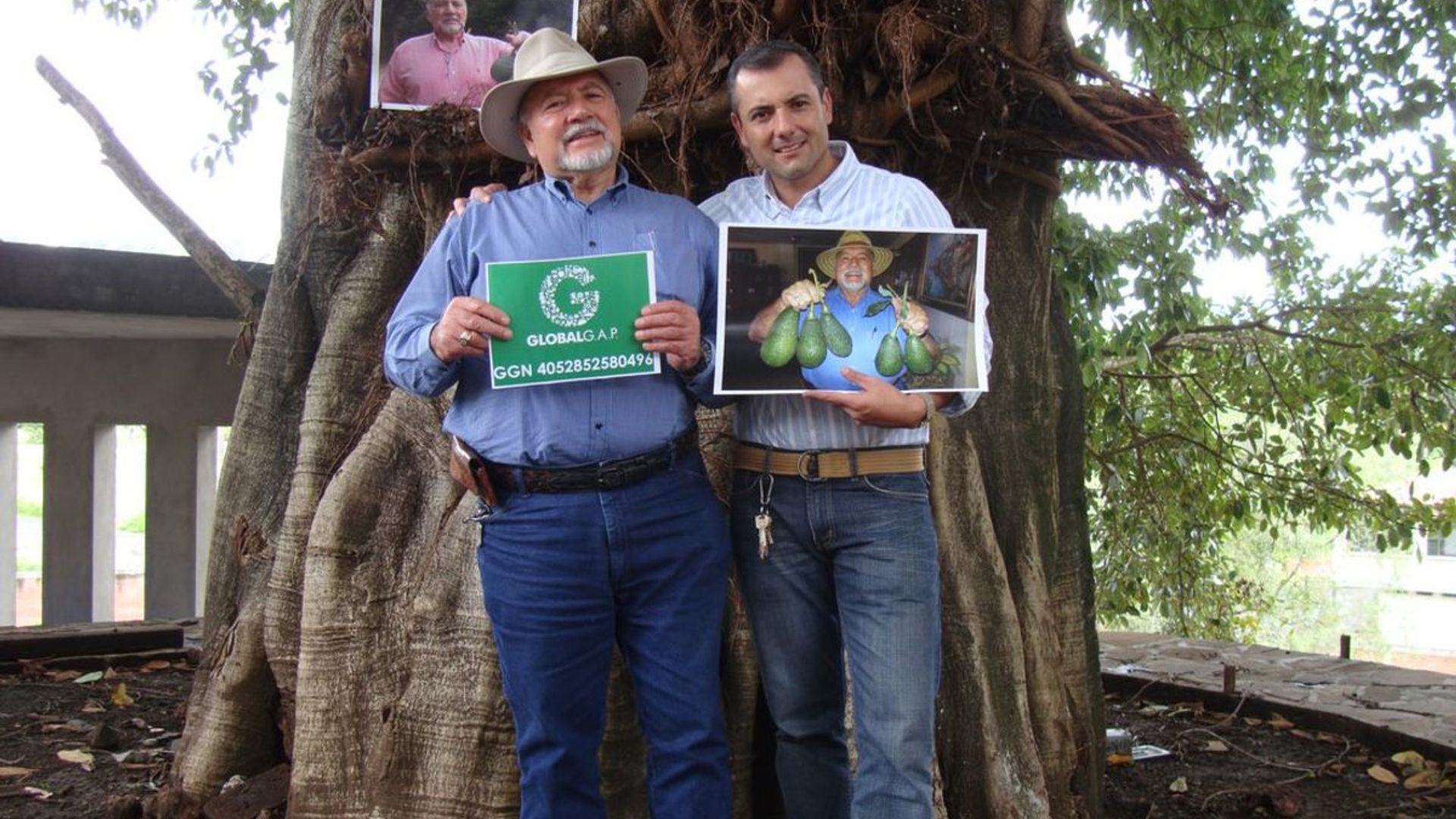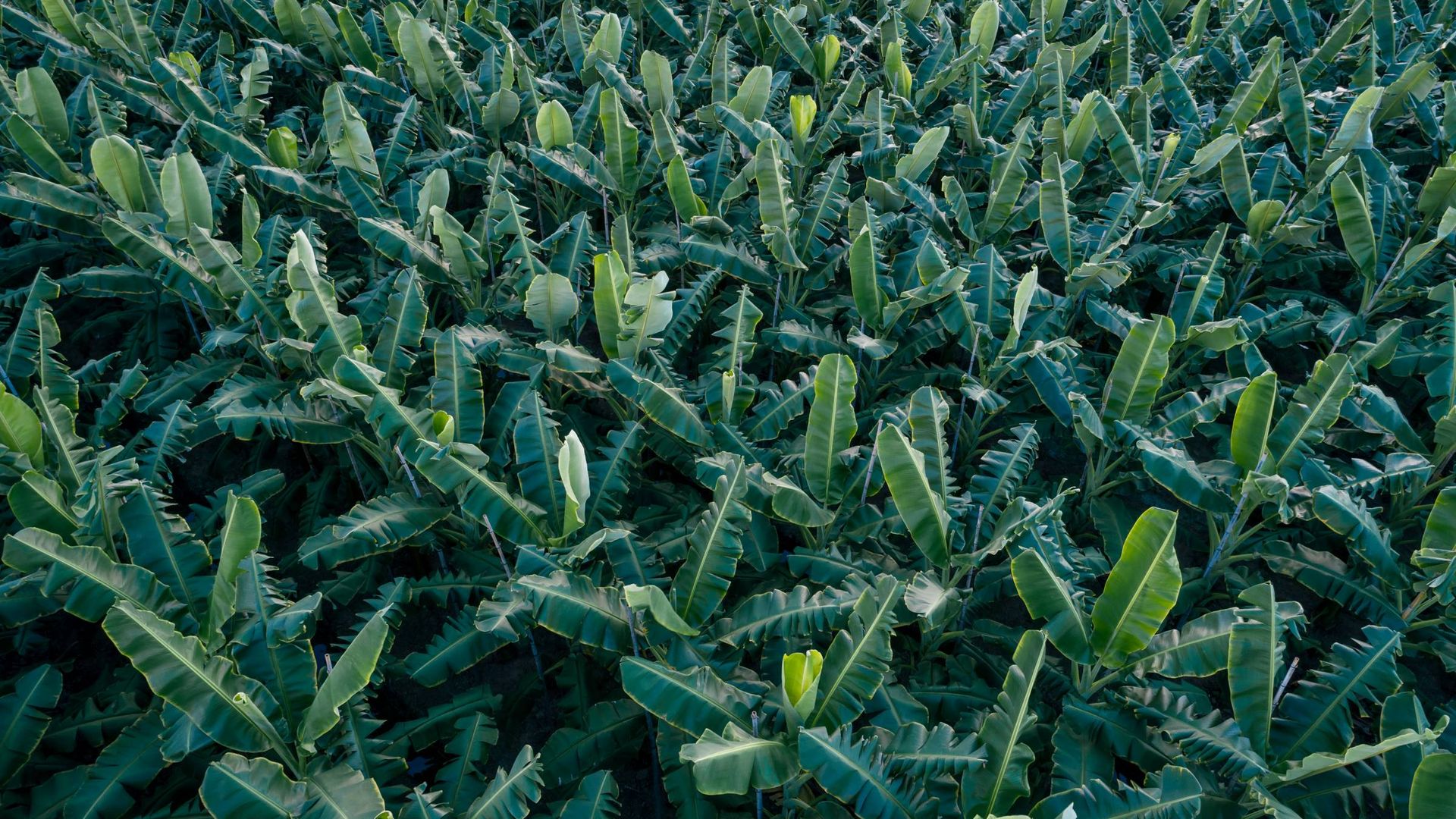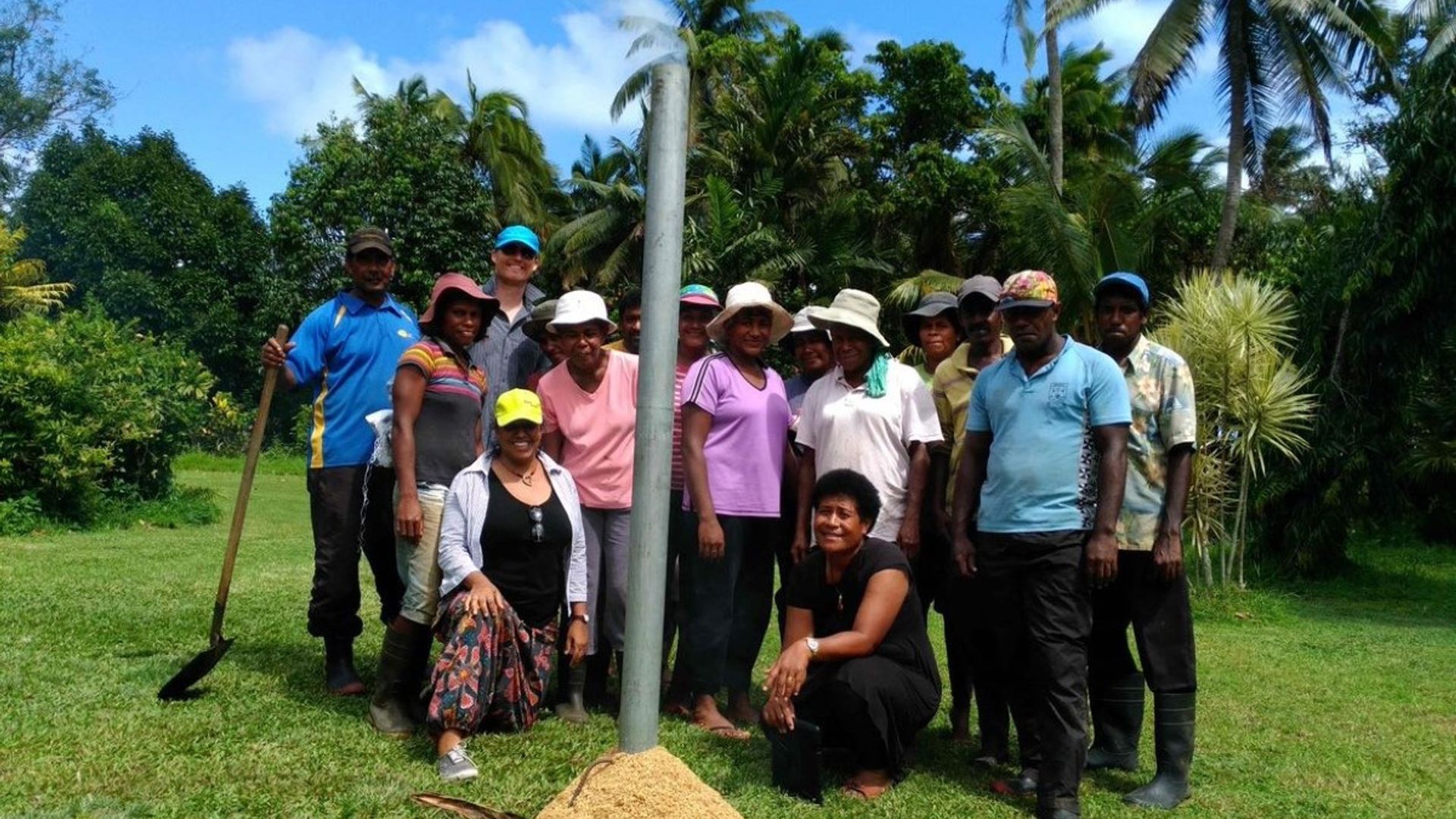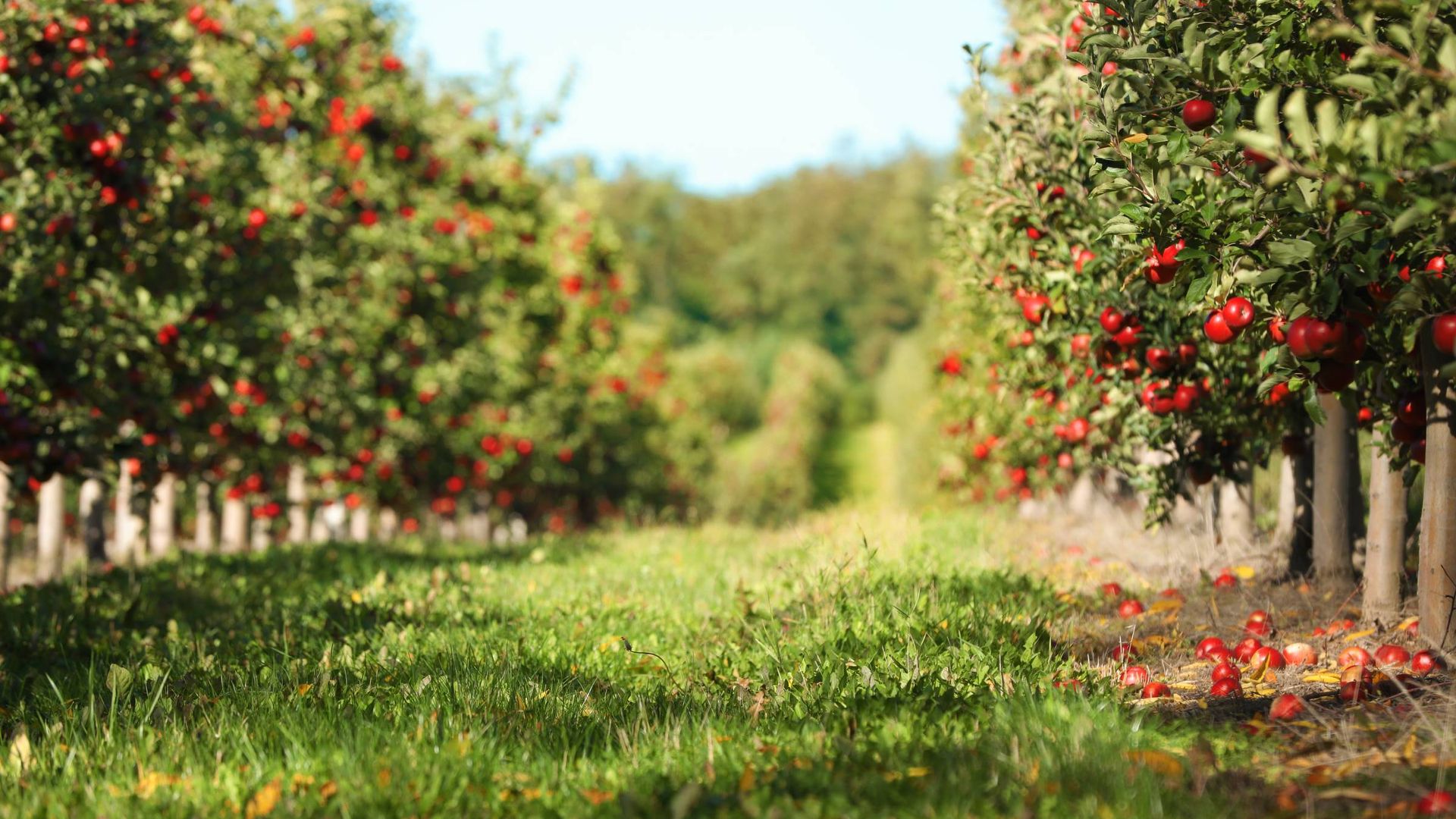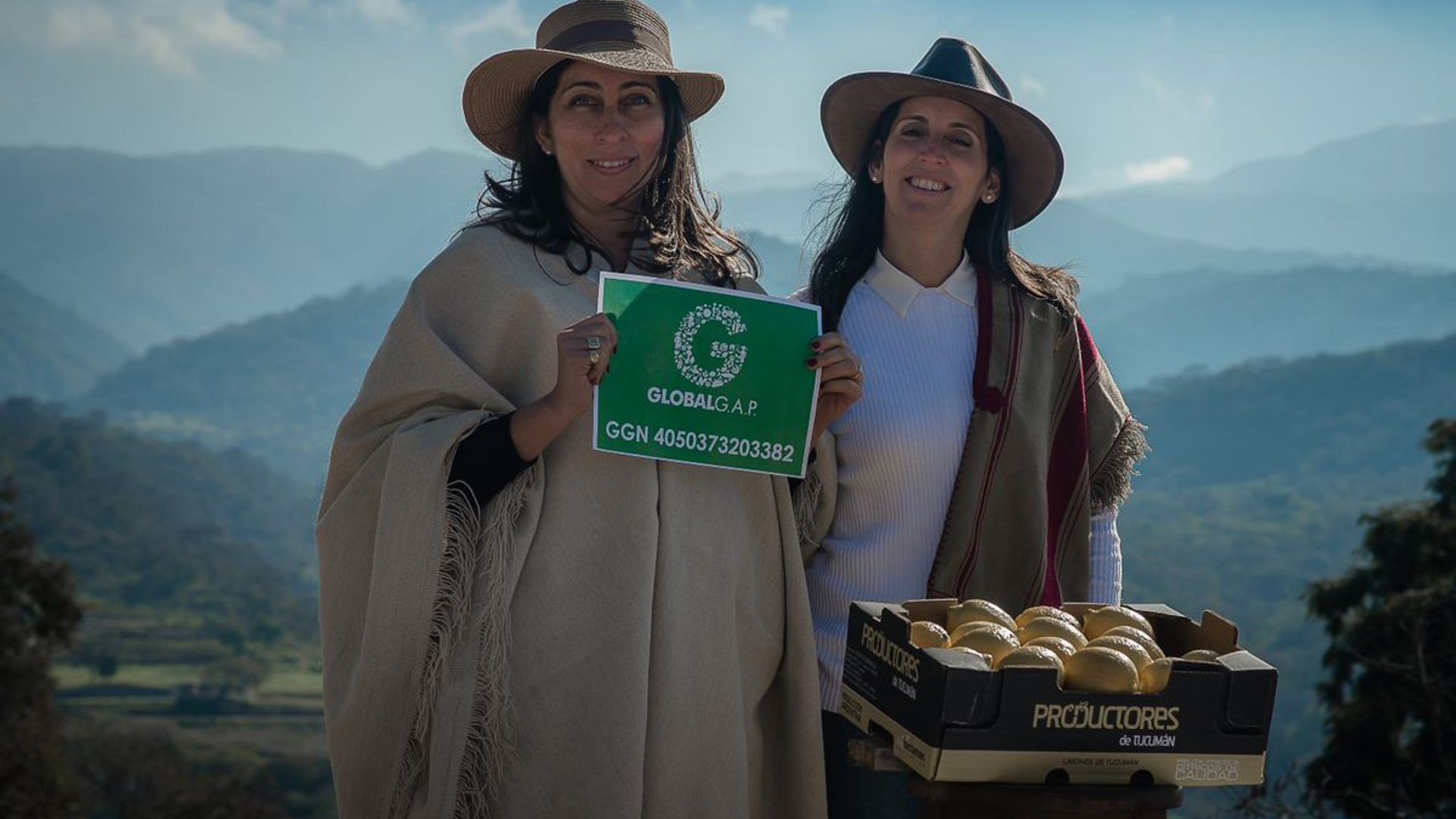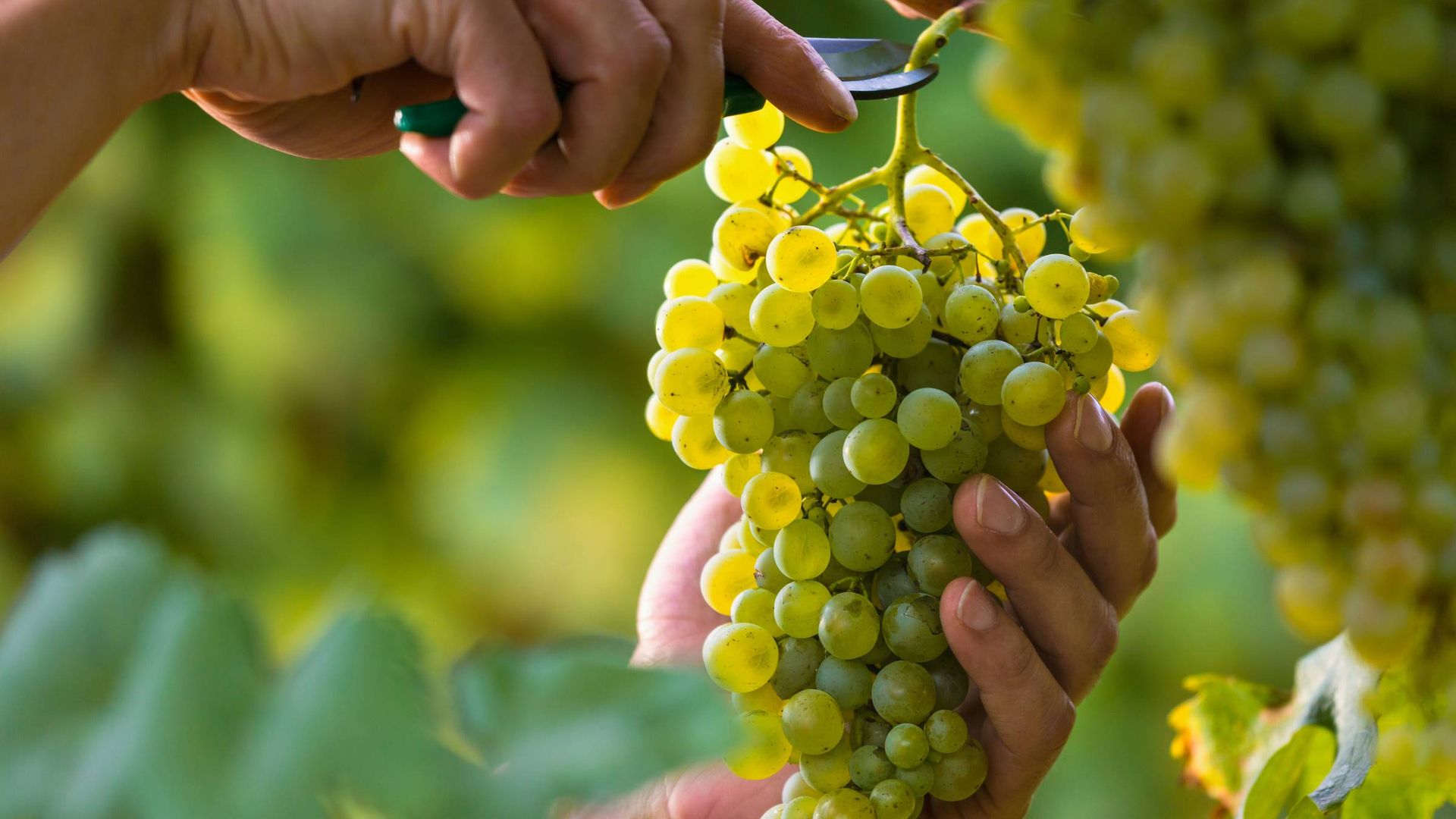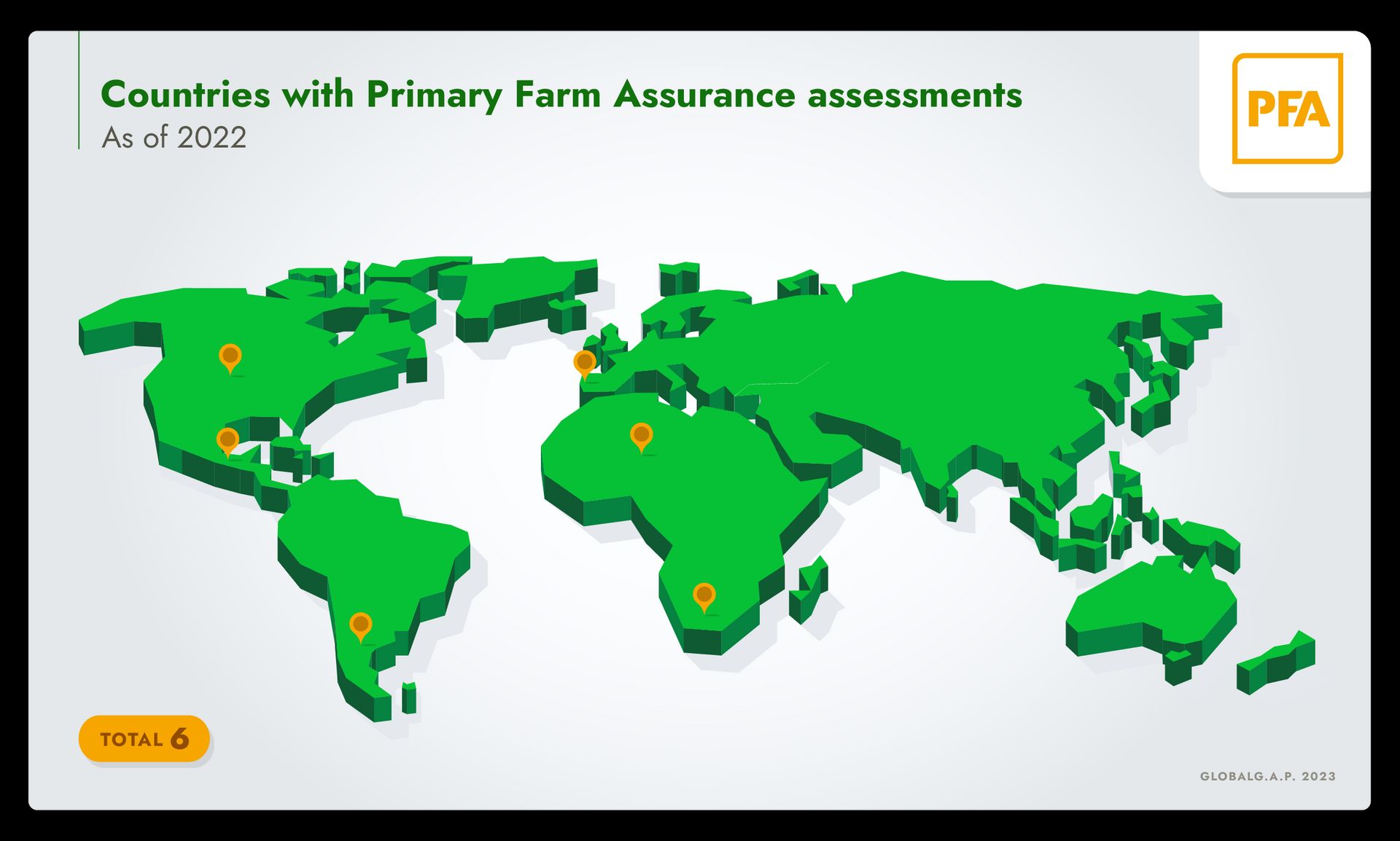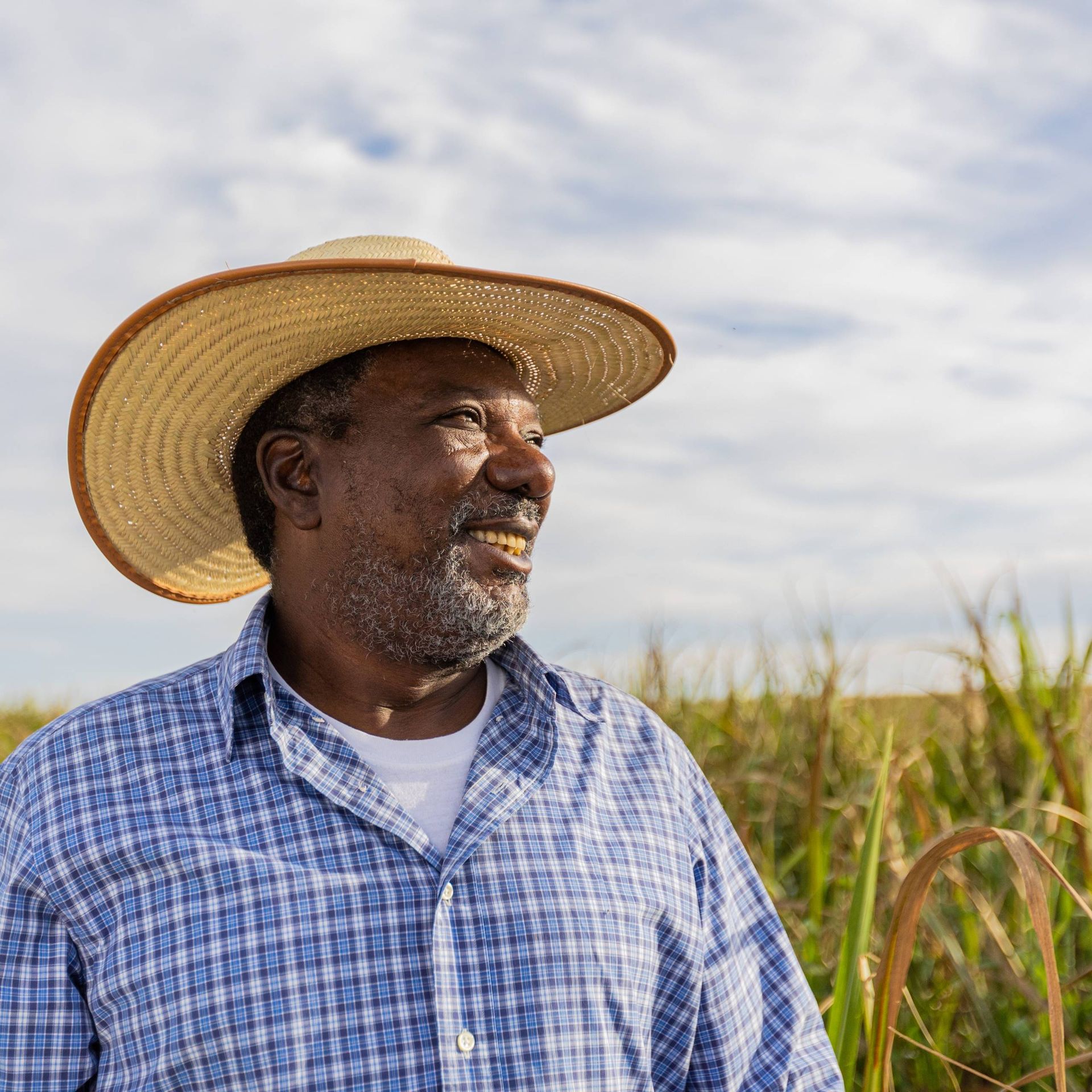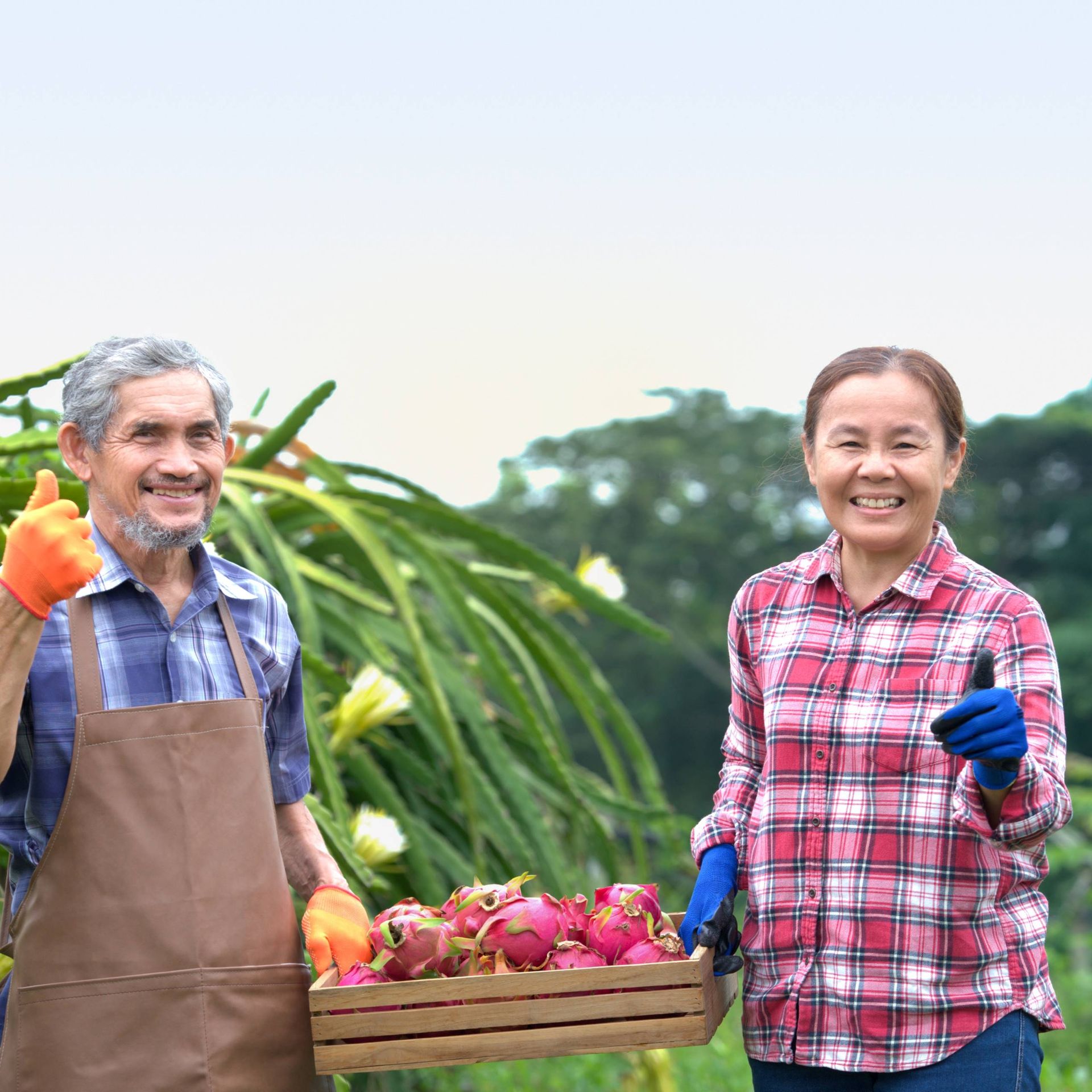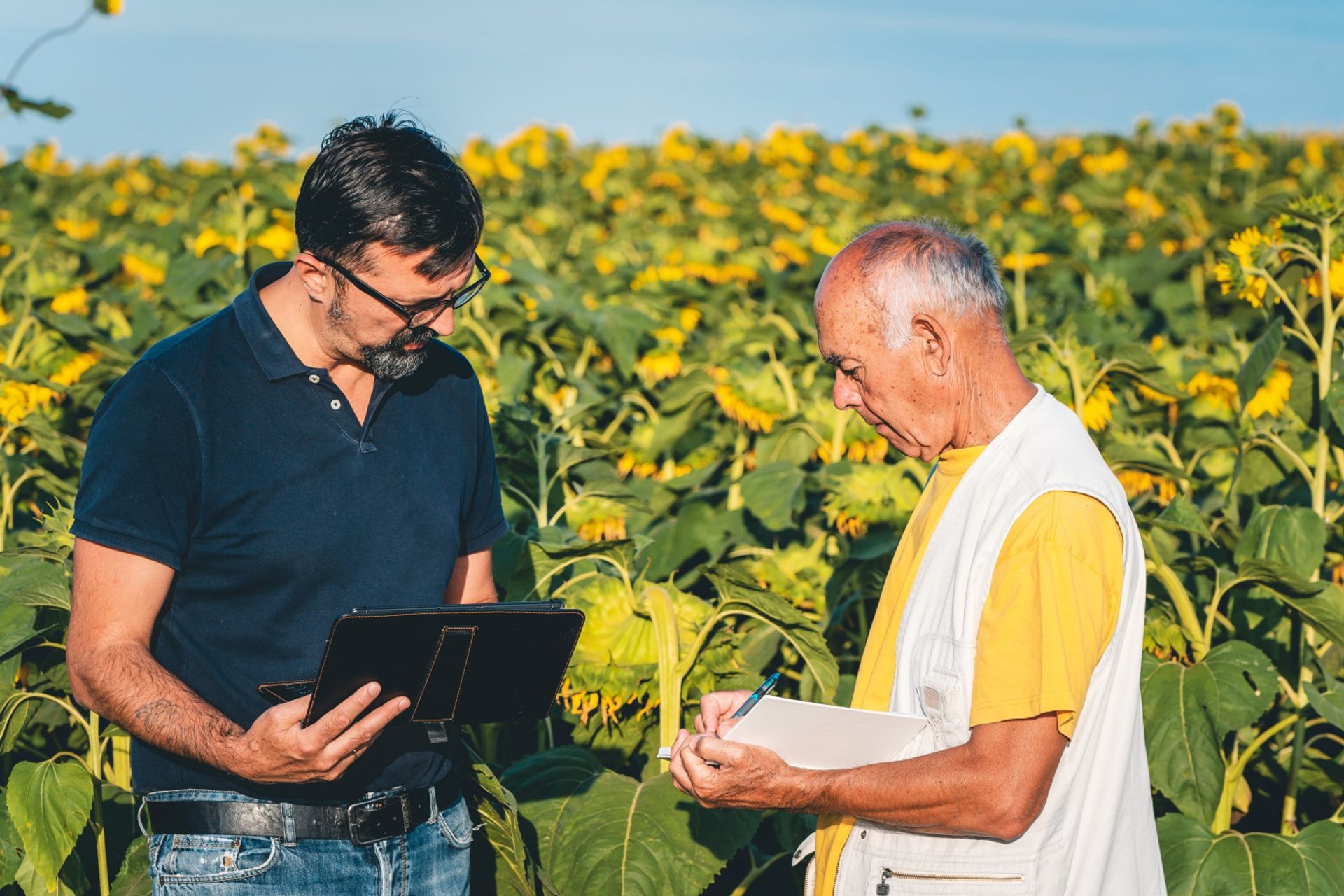Primary solution
Primary Farm Assurance
Primary Farm Assurance (PFA) from GLOBALG.A.P. is an entry-level standard designed to assess good agricultural practices in developing economies and emerging markets. Built as a steppingstone to the flagship Integrated Farm Assurance (IFA) standards, PFA contains three levels (Entry, Foundation, Intermediate) and has a shorter list of requirements for safe and responsible farming than IFA, making the solution more accessible to smallholders.
The first step towards safer, more sustainable agriculture
What is Primary Farm Assurance?
Primary Farm Assurance (PFA) is an entry-level assessment of good agricultural practices for developing economies and emerging markets. Centred on a capacity building approach that promotes gradual progression to full Integrated Farm Assurance (IFA) certification, the PFA assessment enables small-scale producers to improve farm management at their own pace, cut food safety risks, gain proof of efforts towards responsible farming practices, and show compliance with food safety legislation to increase access to local and regional markets.
Primary Farm Assurance at a glance
Based on a sub-set of the requirements
from the flagship GLOBALG.A.P. IFA standard
Assessed by GLOBALG.A.P. approved third-party
verification or certification bodies
Designed as a capacity building tool
to help small-scale and emerging producers adopt good agricultural practices
Contains basic criteria
on food safety, traceability, environment (incl. biodiversity), and workers health, safety, and welfare
Promotes a stepwise approach
towards GLOBALG.A.P. certification though three progressive levels
Successful assessments
result in a letter of conformance that can facilitate access to local and regional markets
Which topics does the PFA standard address?
The PFA standard is based on the IFA standard, meaning that it has a shorter list of requirements but follows the same format and shares largely the same topics.
Core topics in PFA version 5 include:
Food safety
Traceability
Fertilizer application
Water management
Integrated pest management and plant protection products
Harvest and basic postharvest activities
Hygiene
Workers’ health, safety, and welfare
Waste and pollution management, recycling and re-use
Complaints procedure and recall/withdrawal procedure
Standard development
The PFA General Rules and the relevant control points and compliance criteria are set by the GLOBALG.A.P. Secretariat and do not undergo a separate public consultation process, since this has already been completed for the IFA base standard.
Who should use PFA?
Intended primarily as a capacity building tool, the PFA standard is best suited to small-scale and emerging producers who either do not formally comply with any food safety requirements or are not yet able to achieve full GLOBALG.A.P. certification.
The standard can help producers build towards certification at their own pace, and is also appropriate for smallholders looking to access local markets. Producers are not required to progress towards IFA certification and can reaudit to PFA as often as they like.
PFA v5 has certification options for both individual producers and multisite producer groups, and is available for the following sub-scopes:
Fruit and vegetables
Flowers and ornamentals
Combinable crops
Plant propagation material
How does PFA work?
As PFA is intended to build capacity over time via a stepwise approach, the standard is available in three levels (Entry level, Foundation level, and Intermediate level), with each level including more criteria than the last. Producers can start at the lowest level and progress to higher levels when ready.
PFA levels
Entry level
is the most basic PFA level and has been specifically developed for small-scale producers that only supply local markets. To better fit the practical capabilities of producers at this level, some of the control points have been simplified and less documentation is required. It covers the most basic food safety and traceability requirements to ensure the building blocks relating to basic food safety principles are established early.Foundation level
covers basic food safety and traceability requirements. It is ideal for producers who sell primarily at a local level or are starting the process toward certification.Intermediate level
incorporates stronger food safety criteria, slightly increased requirements on workers’ health and safety, more stringent environmental conservation criteria, as well as traceability. This is the highest level of the PFA standard.
Eligibility for export
The primary target of PFA is to fulfil the demands of local or regional markets. If you are looking for full certification which is accepted in US or global markets, explore our core solutions.
Compliance and checklist criteria
The PFA standard follows the same format for all levels:
Compliance with the standard requirements is audited annually by an independent third-party: either a verification body (VB) or a certification body (CB).
Producers can choose from any VB or CB active in the relevant country/region.
A successful audit results in a letter of conformance valid for one year.
Standard content is formed of control points and compliance criteria (CPCCs). Criteria are graded in three levels: Major Must, Minor Musts, and recommendations.
Control points
Fundamentals that set the foundation of a GLOBALG.A.P. requirement
Written in question form
Compliance criteria
Methods that producers can use to demonstrate compliance
Evidence must demonstrate that the outcome is achieved
Read more about the audit process and compliance requirements.
PFA version 5 checklist requirements
How is PFA assessment status verified?
Every producer registered for PFA is assigned a 13-digit GLOBALG.A.P. identification number (in this case a localg.a.p. number – LGN). This number allows real-time verification of a producer’s status in the GLOBALG.A.P. IT systems, upholding our rigorous transparency requirements throughout the supply chain.
Producers can control data access and privacy rights for audit reports, and they are not shared publicly or with third parties. This process is handled via your chosen VB or CB.
How is PFA different from IFA?
PFA
Primary solution – not an accredited certification and mainly intended as a capacity building tool
Producer receives a LGN (localg.a.p. Number)
Subset of IFA requirements, available in three levels
Assessments can be conducted by a GLOBALG.A.P. approved certification body or verification body
Compliant producer receives a letter of conformance
May be accepted by local/regional markets
IFA
Core solution – resulting in accredited certification
Producer receives a GGN (GLOBALG.A.P. Number)
One level with a full set of requirements
Audits can only be conducted by GLOBALG.A.P. approved certification bodies
Compliant producer receives a certificate
Internationally recognized for global trade, with GFSI recognition (depending on version)
Latest news
29 April 2024
Coming up: Celebrating the UN International Day of Biological Diversity with a virtual panel discussion
On 24 May 2024, GLOBALG.A.P. c/o FoodPLUS GmbH will host a live online panel discussion in celebration of the United Nations International Day of Biological Diversity. Learn more about the topics, guest speakers, and how to tune in.
29 April 2024
Looking back at the 2024 GLOBALG.A.P. TOUR Stop in Paarl, South Africa
The latest GLOBALG.A.P. TOUR stop, held 16–17 April, welcomed 128 participants to explore the theme of "Embracing responsible solutions”.
An accessible standard for emerging markets
Why choose Primary Farm Assurance?
Most retailers around the world now require proof of safe and responsible farming practices via certification. Implementing these standards is often challenging at first for smallholders and producers in emerging markets. Primary Farm Assurance from GLOBALG.A.P. supports a gradual adoption of safer, more sustainable practices and promotes a practical and achievable route to certification for these producers.
Which industry challenges does PFA address?
Food safety and traceability are fundamental priorities for both consumers and supply chain stakeholders.
Buyers seek assurance from their supplier through G.A.P. certification, which mitigates risks and enhances food safety.
For small-scale producers or those in emerging markets, meeting these criteria can be difficult at first due to the scale or complexity of the requirements and implementation costs.
Primary Farm Assurance helps producers to adopt good agricultural practices at their own pace, gradually improving the efficiency of farm management, cutting exposure to food safety risks, and complying with legislation on food safety.
Through these steps, producers can gain increased access to local and regional markets and – if desired – eventually achieve full certification and unlock access to global markets.
Follow our five steps to PFA to get started today.
What are the benefits for producers?
Improve farm management and the efficiency of farm operations
Adopt good agricultural practices and cut exposure to food safety risks
Achieve compliance with a reputable and cost-effective standard that fulfils local legislation on food safety
Gain access to local and regional markets through proof of GAP compliance
Gradually work towards full certification requirements and get to know the GLOBALG.A.P. system while progressing at a pace that suits you
What are the benefits for supply chain stakeholders?
Source from a growing pool of local and regional products that meet the minimum requirements for food safety and hygiene
Develop a network of reliable producers who are committed to adopting safer, more sustainable farming processes
Benefit from traceability through validation of letters of conformance via the GLOBALG.A.P. IT systems
Support an industry-driven solution – developed by the sector, for the sector
Capacity building
Need assistance with the certification process? Our capacity-building program offers a range of options for training, consultation, and more!
Your guide to PFA implementation
How to prepare for a PFA assessment
Learn more about the key documents, assessment process, and fee structure. You can also read about the standard milestones and the most recent revision process.
Implementation and assessment process
How does the assessment process work?
PFA compliance is assessed annually by an independent third-party – either a GLOBALG.A.P. approved CB or VB
Producers have the freedom to choose which CB or VB they use
A successful assessment results in a letter of conformance valid for one year
The CB/VB is responsible for uploading the assessment report and maintaining the accuracy of producer data in the GLOBALG.A.P. IT systems
Producers must undergo an on-site assessment each year as part of the renewal process
Which documents are required?
General rules: Rules that define how the certification process works, from the scope of the respective standard to the audit process and audit requirements.
Control points and compliance criteria: Control points are the fundamental GLOBALG.A.P. requirements for each standard. They are written in question form and are accompanied by corresponding compliance criteria that detail how a producer must demonstrate compliance.
Checklist: The full list of standard criteria as used by CB/VB auditors, enabling producers to perform a self-assessment in preparation for the on-site assessment.
Which version of PFA is currently valid?
PFA is currently available in version 5.
A revision and update – to PFA v6 – is currently in progress and will be published in the near future.
The transition period from v5 to v6 will be announced in due course.
The PFA FAQs contain more information on documents, certification renewal, and more.
What are the PFA compliance requirements?
Checklist principles are graded in two categories: Major Musts and Minor Musts.
To pass an assessment, producers must comply with 100% of the Major Musts and at least 95% of the Minor Musts.
Corrective actions must be proposed for all non-compliances and submitted to the CB/VB within the specified period.
Non-compliances must then be verified as corrected and compliant by the CB/VB before a letter of conformance can be issued.
How much does a PFA assessment cost?
Each farm is unique, and the total costs of assessment depend on a combination of factors such as farm size, number of sites, location, necessary preparation measures (such as establishing new procedures), and more. In general, PFA contains three cost elements:
Implementation costs: Incurred by producers to prepare for the assessment
CB/VB service fees: Determined and invoiced by the CB/VB to cover assessment time and travel costs
GLOBALG.A.P. registration and certificate license fees: Calculated based on farm size and invoiced by the CB/VB
The GLOBALG.A.P. fee table contains full information on the fee structure for each solution.
Five steps to PFA
You will need the GLOBALG.A.P. general regulations, the PFA control points and compliance criteria for your chosen level, and the checklist. All of the required documents are available online, for free, and in multiple languages. They are linked below and can also be found in the document center.
Use the documents to guide the implementation of the standard requirements, and then
conduct a self-assessment using the checklist. Our worldwide network of Registered Trainers
can also provide assistance during audit preparations.
Contact the certification body or verification body of your choice and request an assessment. Note that the GLOBALG.A.P. fee table does not cover CB/VB service fees such as audit time or travel costs to your site.
The CB/VB will perform the assessment and upload the results to Audit Online Hub. Any non-compliances which are detected during the assessment must be corrected within 28 days and verified before a letter of conformance can be issued.
When all requirements are met and verified by the CB/VB, they will issue your GLOBALG.A.P. letter of conformance for Primary Farm Assurance. Your PFA status is then publicly visible in the GLOBALG.A.P. IT systems for transparency in the market.
Key documents
The three most relevant documents are linked below. Click ‘view more’ to see further related documents. Remember to always check with your VB/CB that you have all necessary documents prior to audit.
PFA Foundation Level: Combinable Crops
Principles and criteria (P&Cs) (CPCCs)
V5
English | Last updated: 12/09/2023
Principles and criteria are a complete list of the requirements for a given standard or add-on. The foundational requirements each detail an outcome that must be achieved, and the corresponding ways in which compliance can be demonstrated.
PFA Entry Level: Fruit and Vegetables
Checklists
V5
English | Last updated: 12/09/2023
xlsx
Checklists are documents containing standard/add-on principles and criteria which are used during the audit/assessment to check whether compliance is achieved. They may also be used to conduct self-assessments.
PFA Intermediate Level: Fruit and Vegetables
Principles and criteria (P&Cs) (CPCCs)
V5
English | Last updated: 12/09/2023
Principles and criteria are a complete list of the requirements for a given standard or add-on. The foundational requirements each detail an outcome that must be achieved, and the corresponding ways in which compliance can be demonstrated.
Choose a VB to conduct your assessment
To locate a GLOBALG.A.P. approved VB that can conduct your assessment, view the list on our VB web page.
Upcoming events
24 Apr - 24 May
2024
Have your say on the new workers’ well-being standard
Location:
Online
Event type:
Public consultation
Event format:
Virtual
06 May - 10 May
2024
Academy training: IFA v6 for fruit and vegetables in English
Location:
Online
Event type:
Academy course
Event format:
Virtual
FAQ
Contact us
For technical/interpretation questions, please contact us at standard_support@globalgap.org.
For questions about the audit process or GLOBALG.A.P. IT systems, please contact us at customer_support@globalgap.org.
